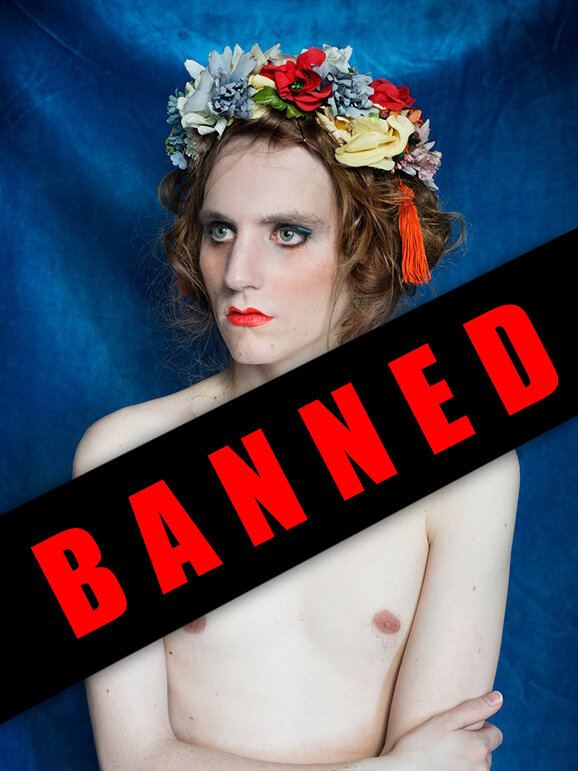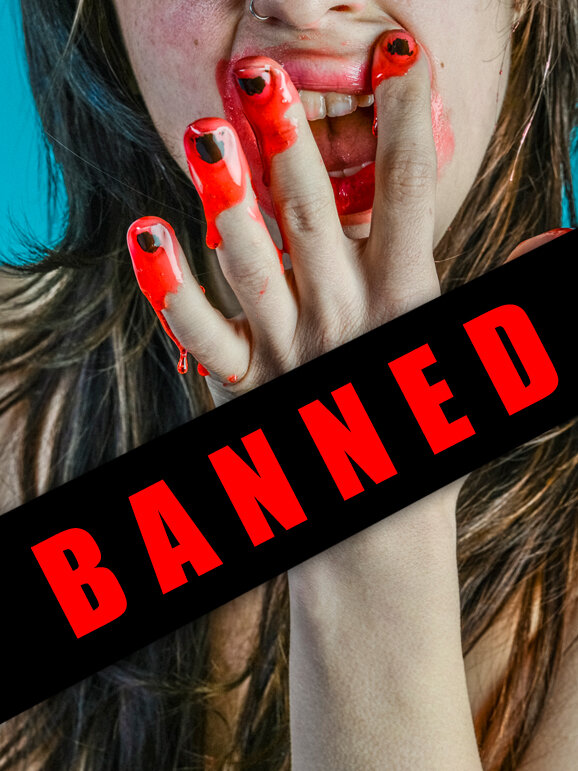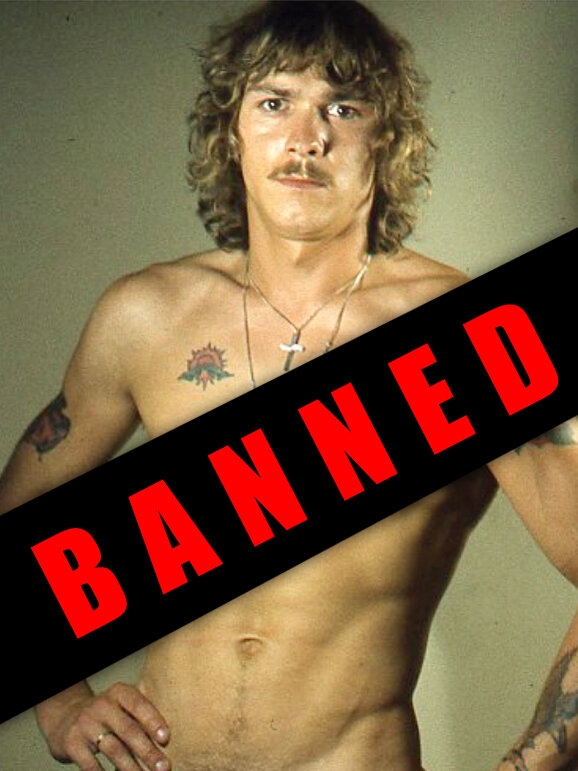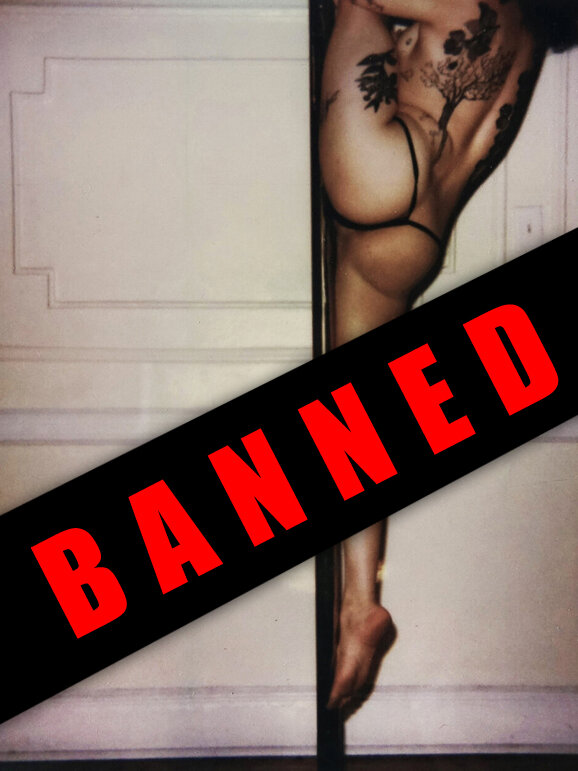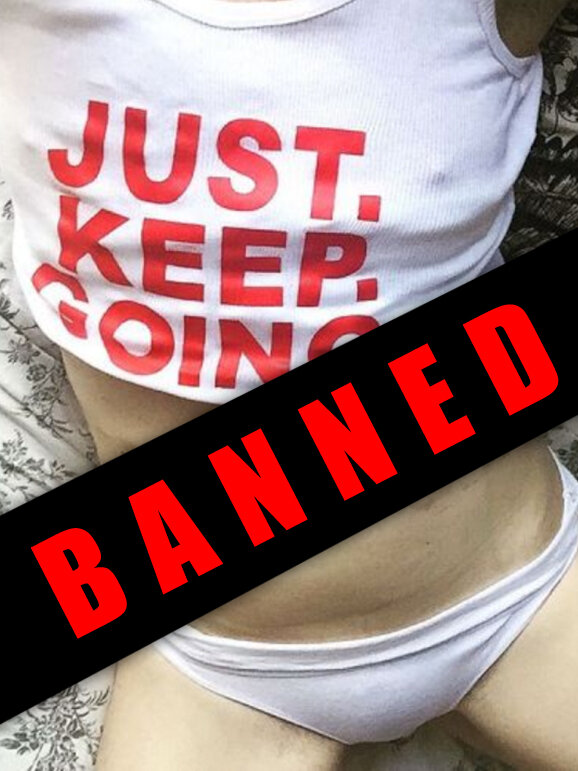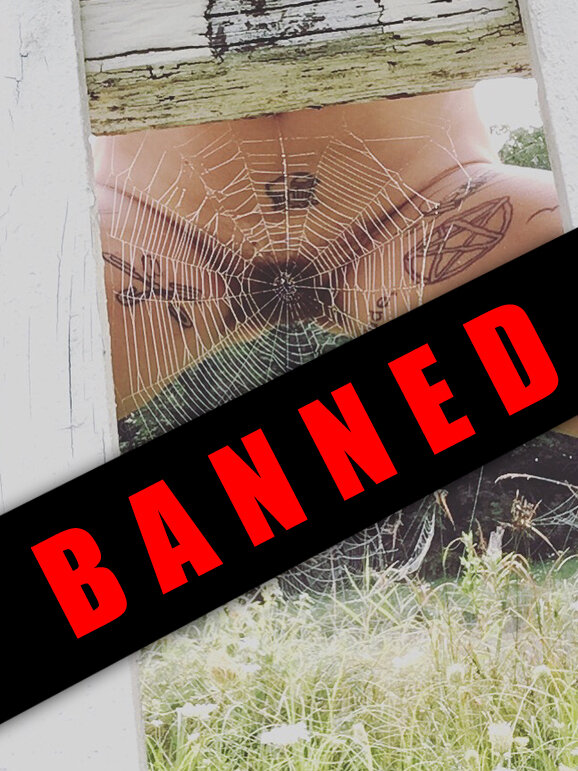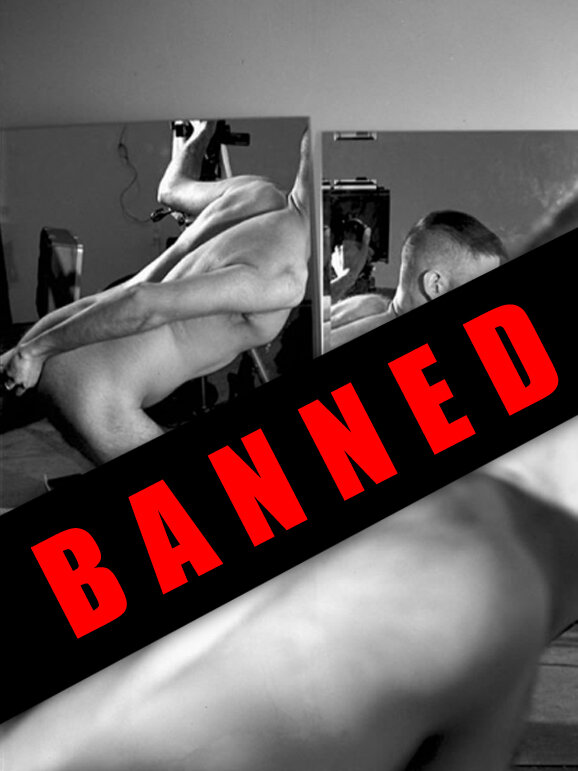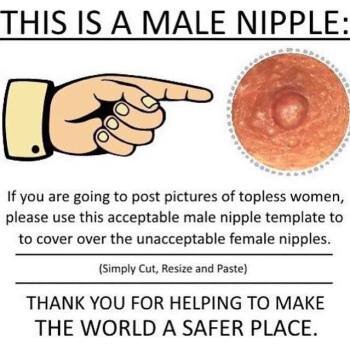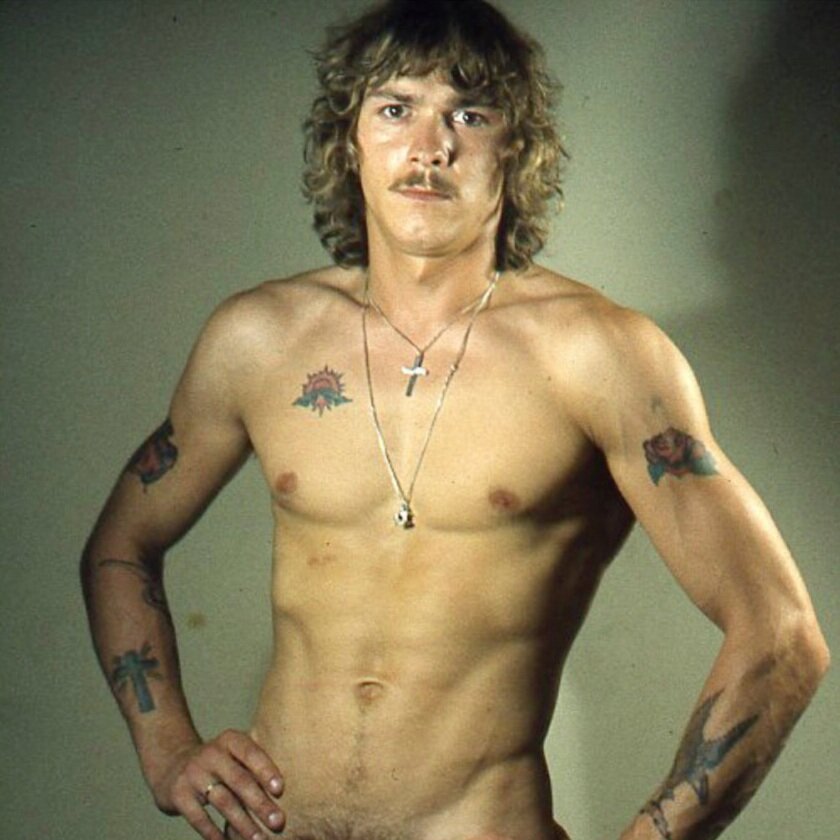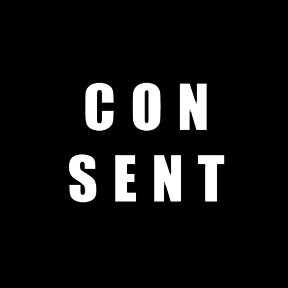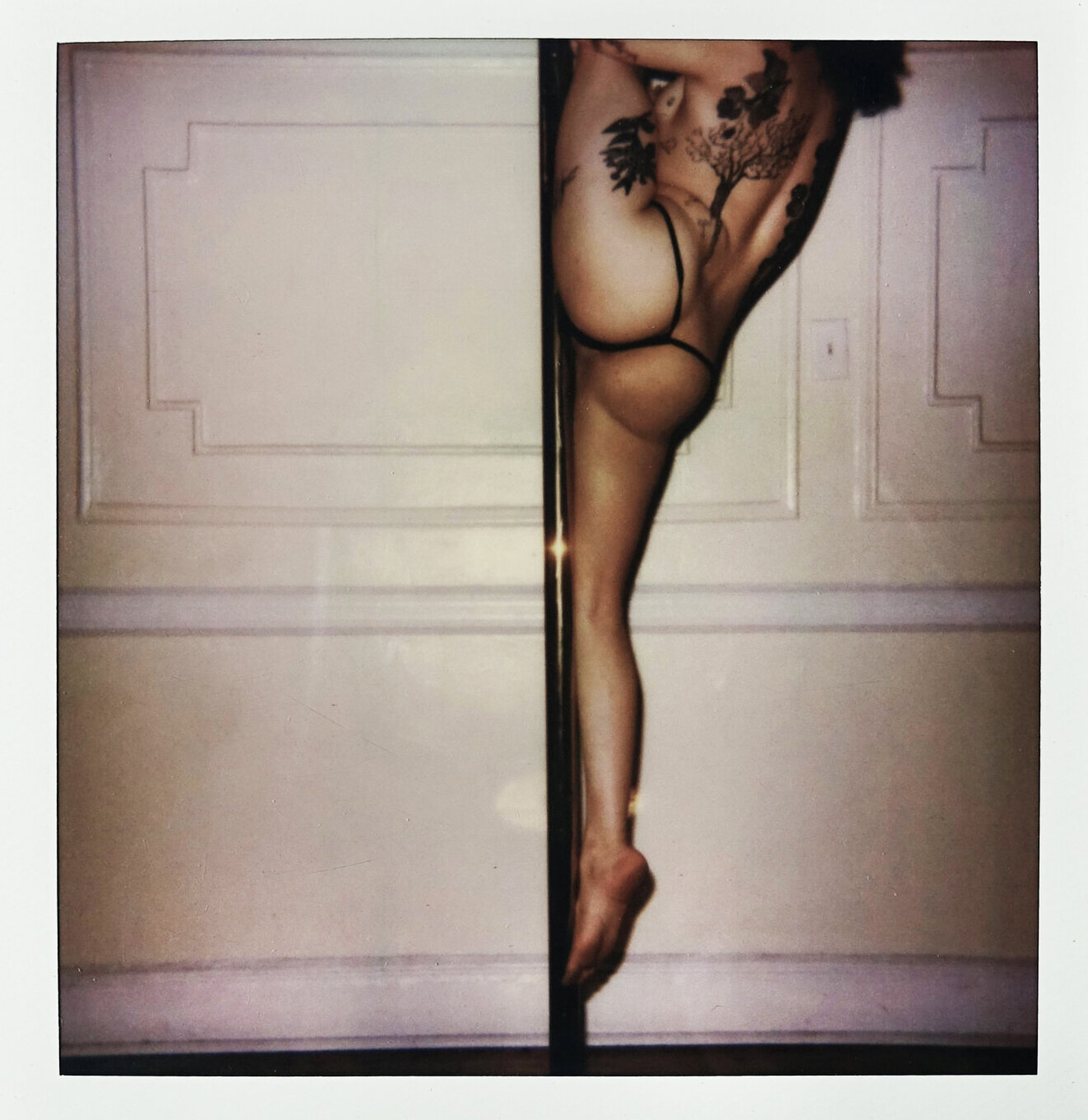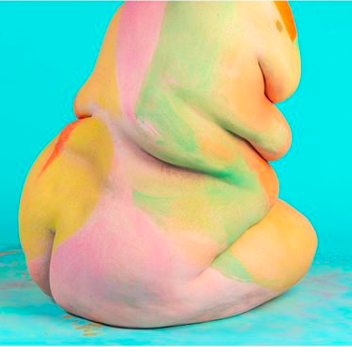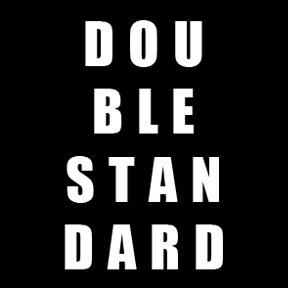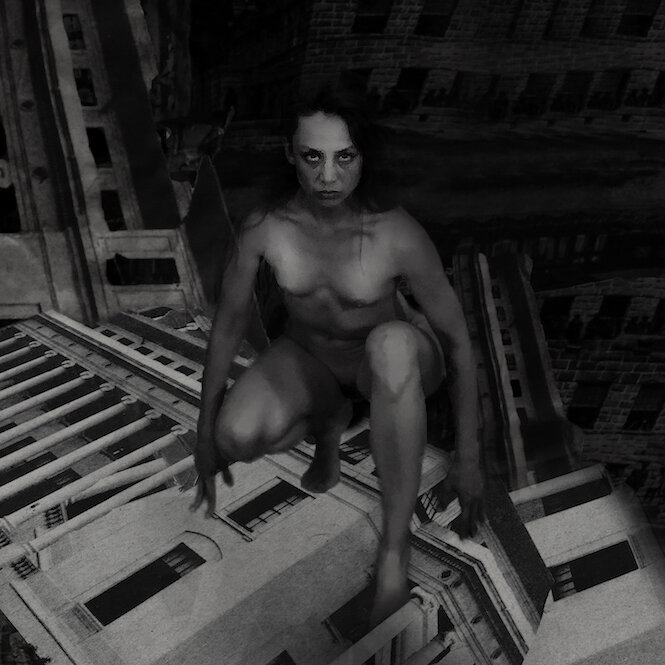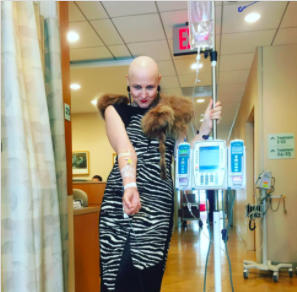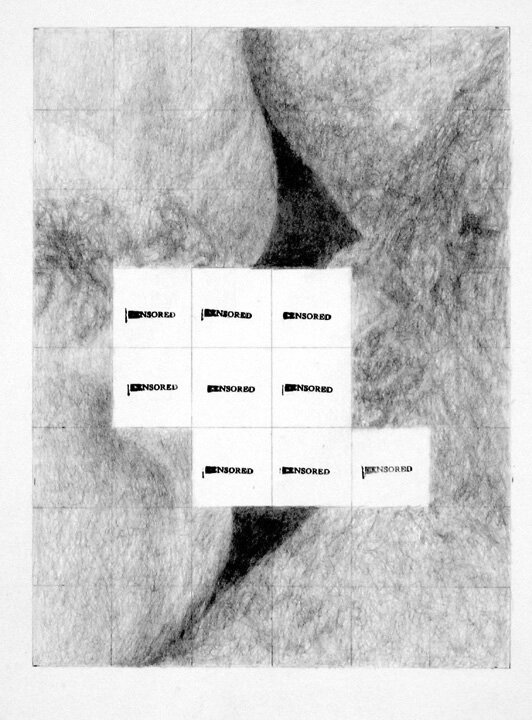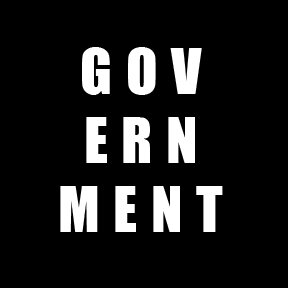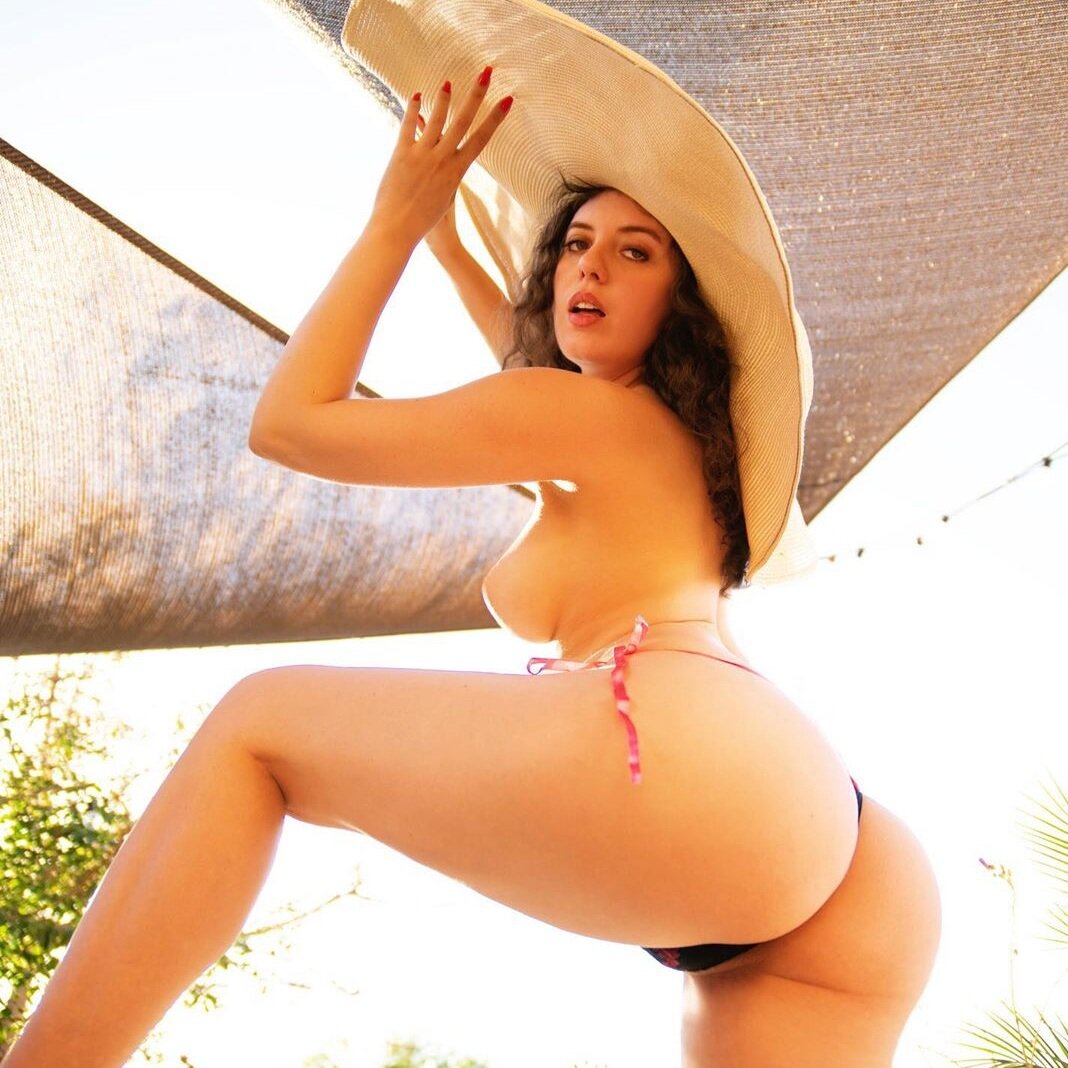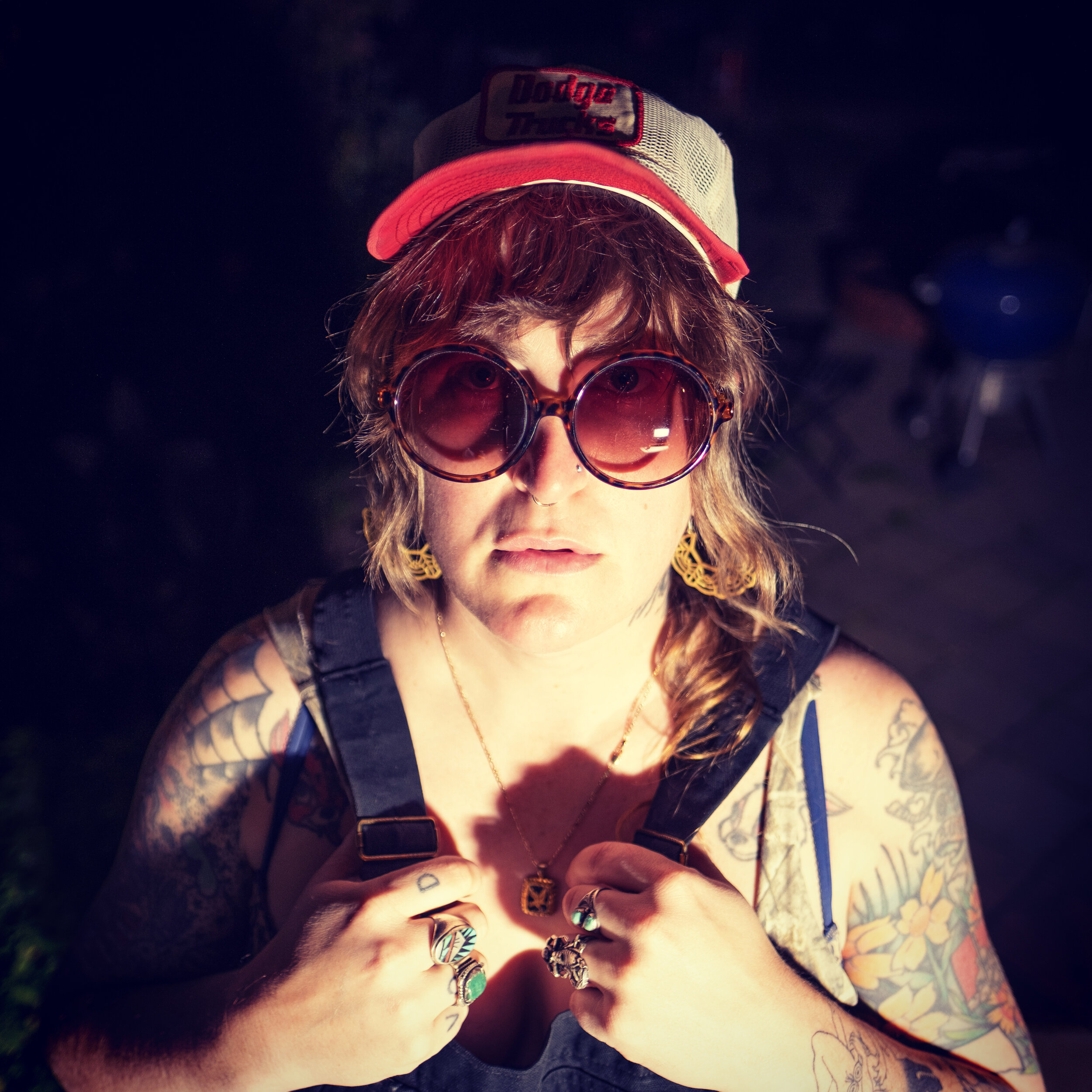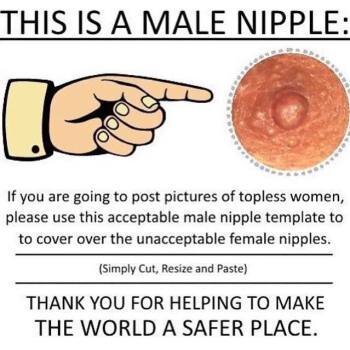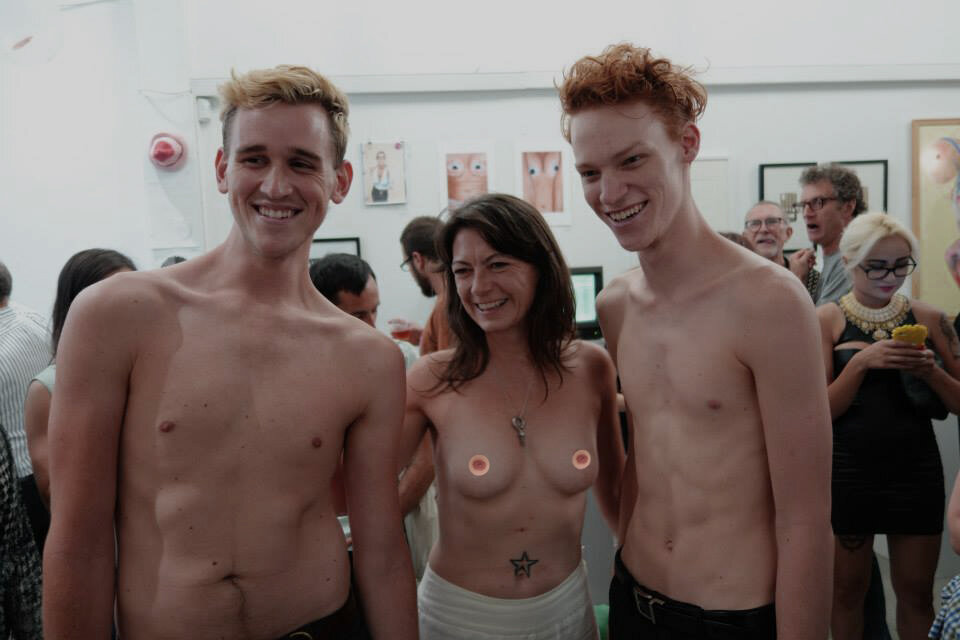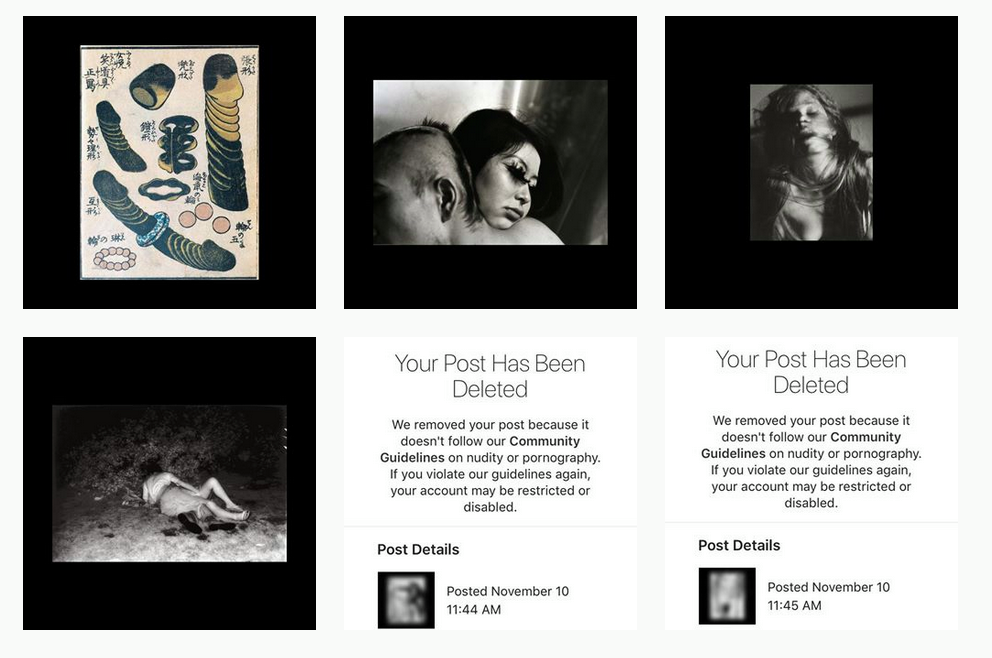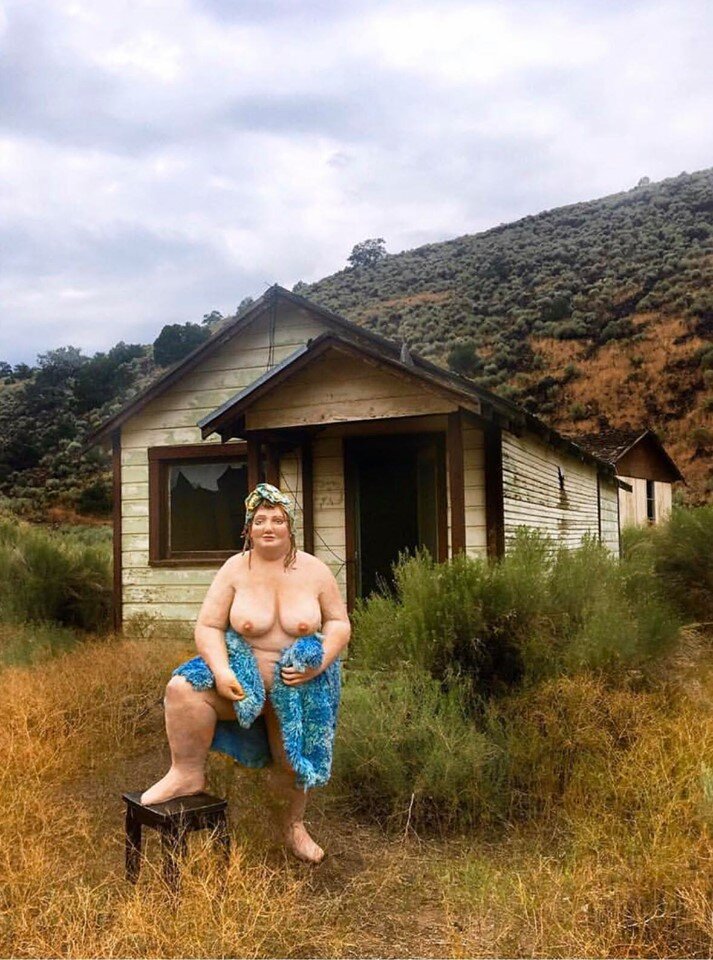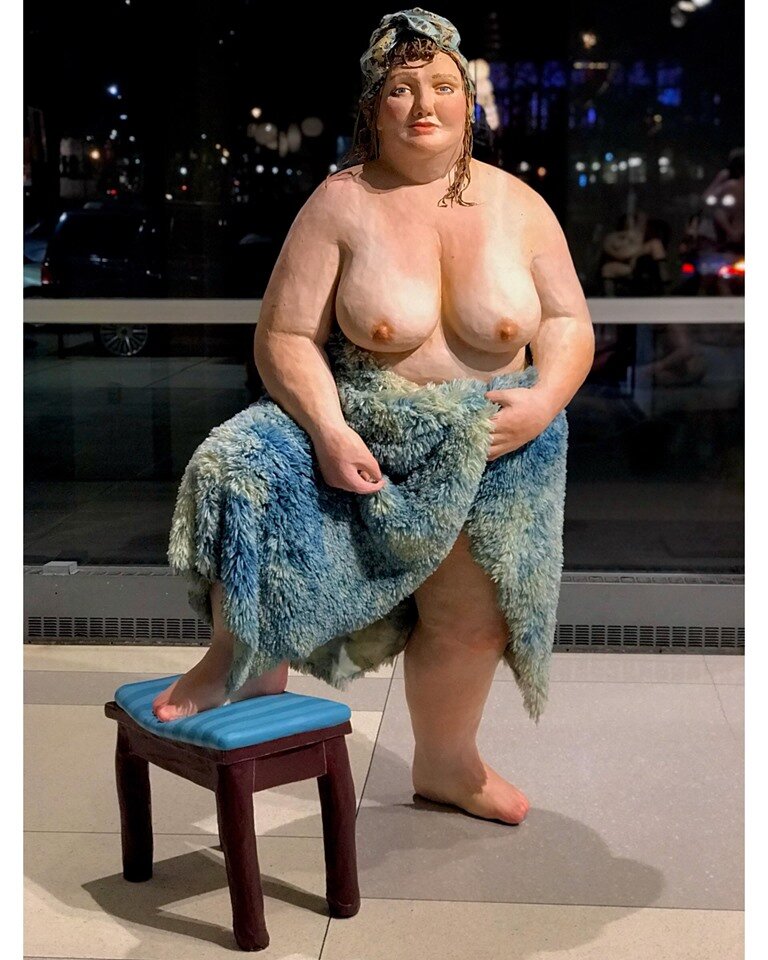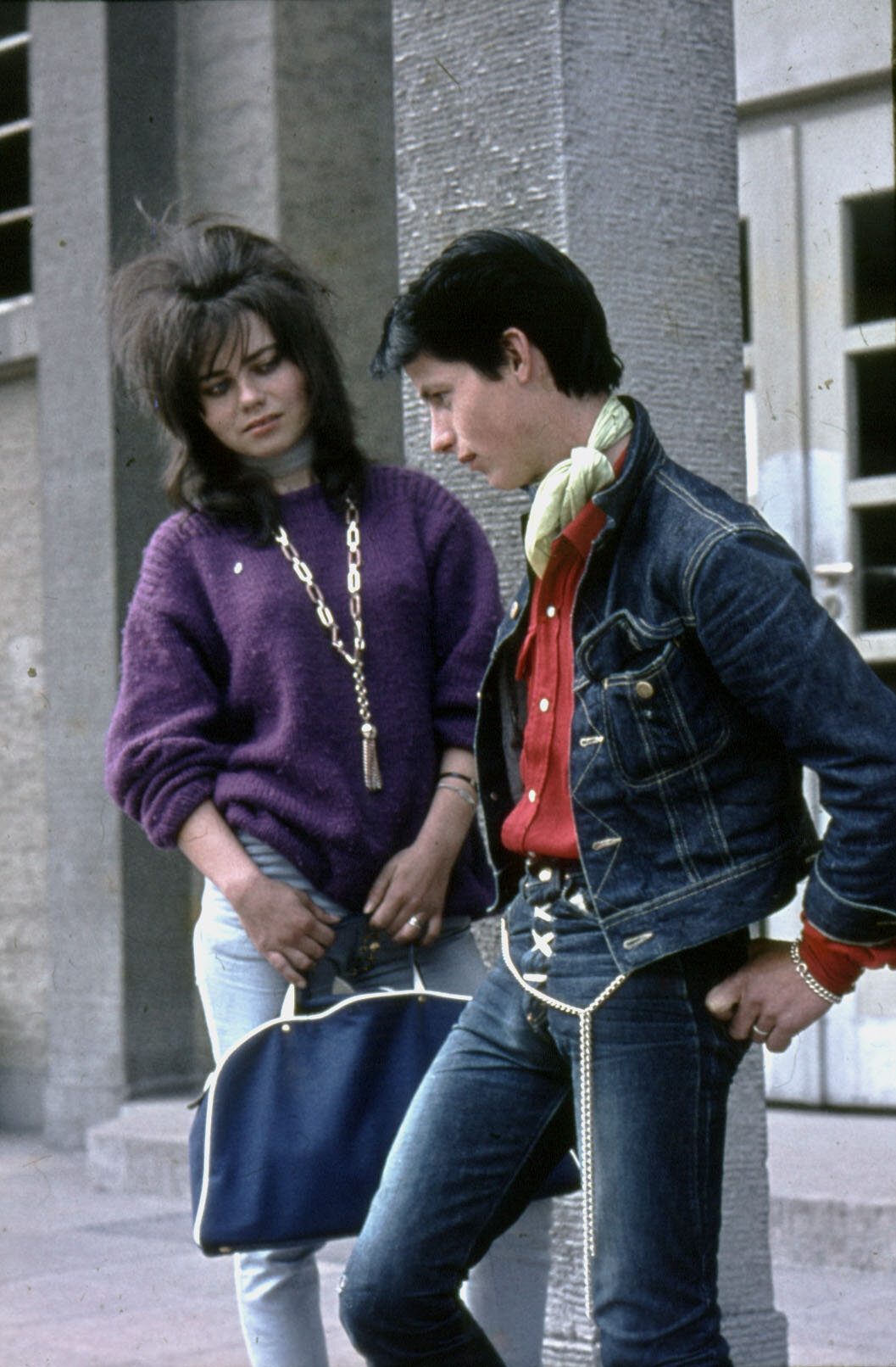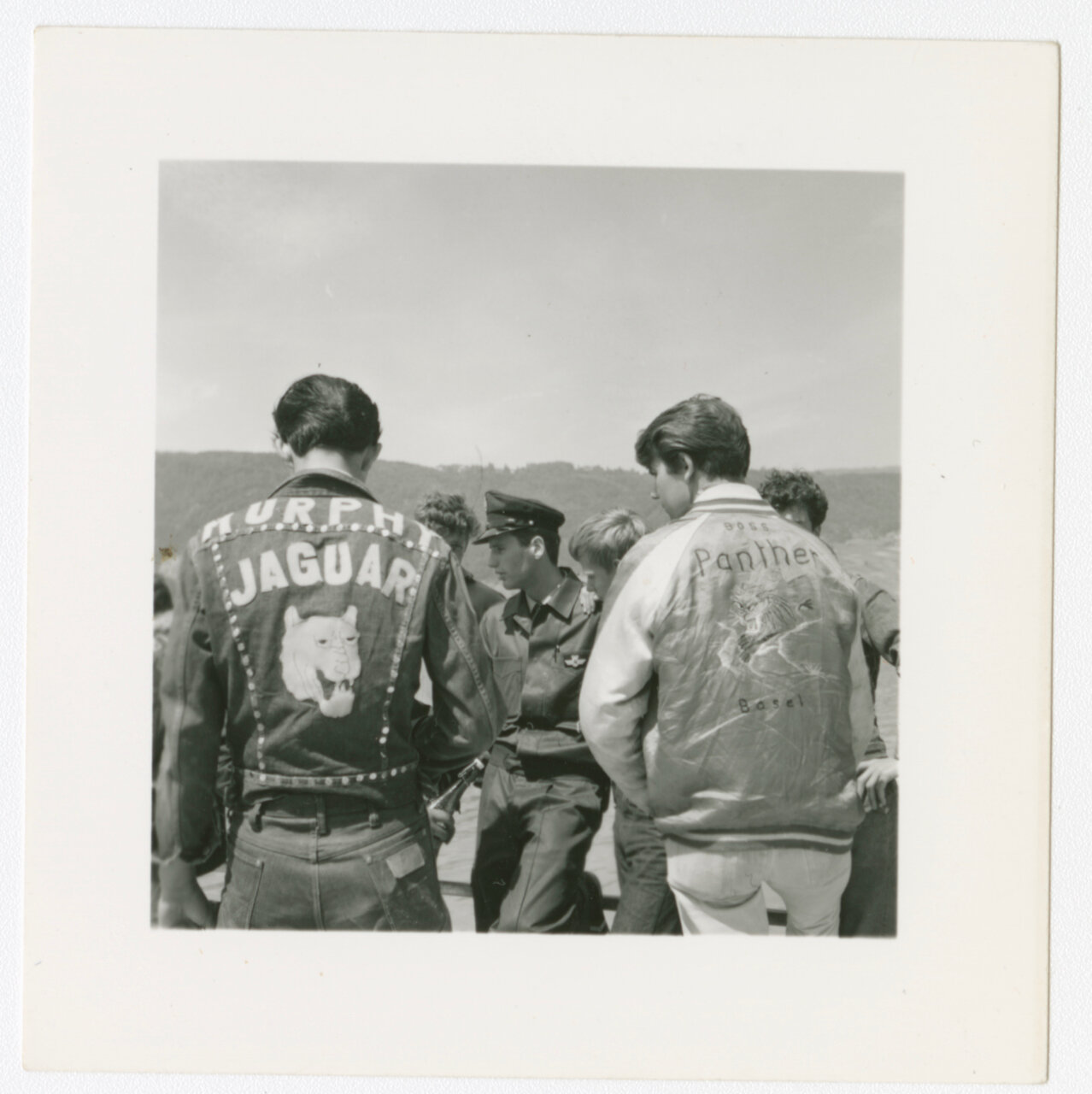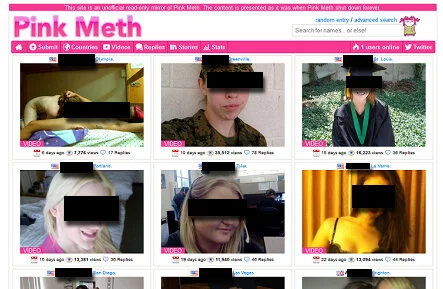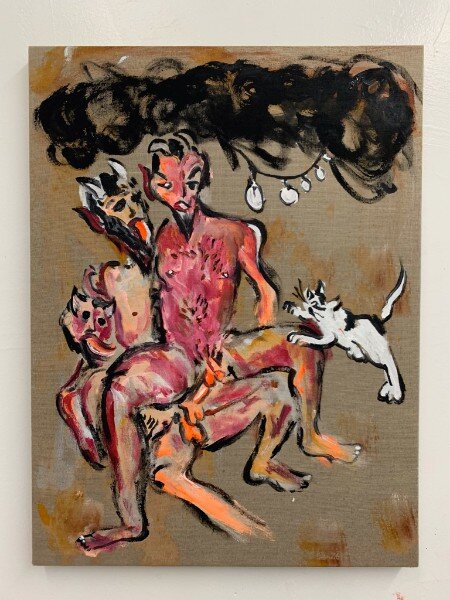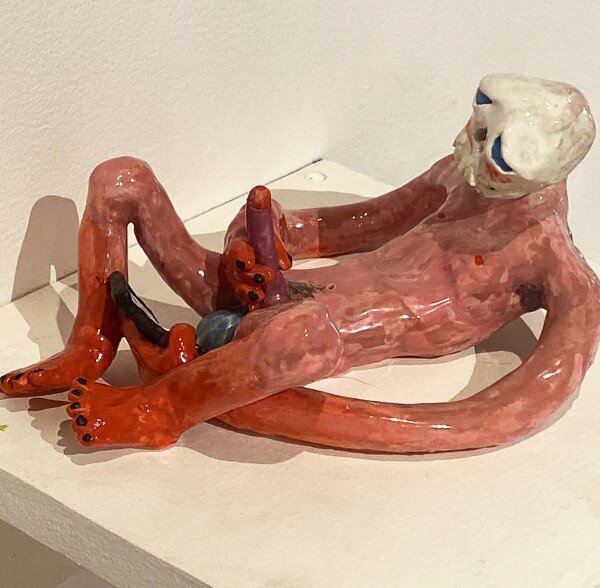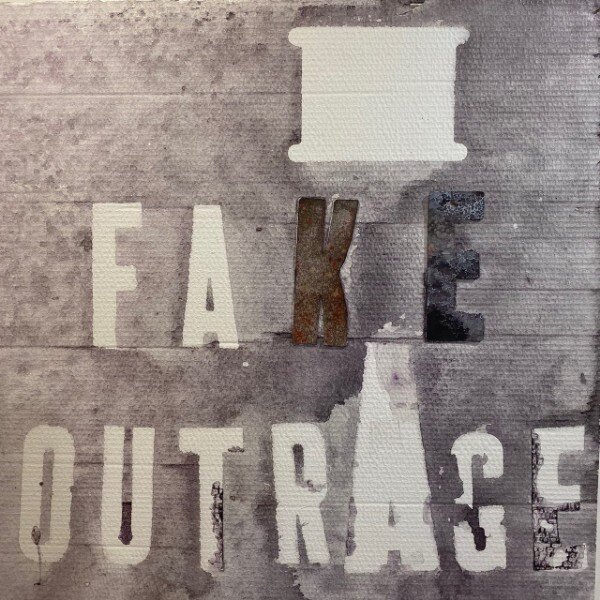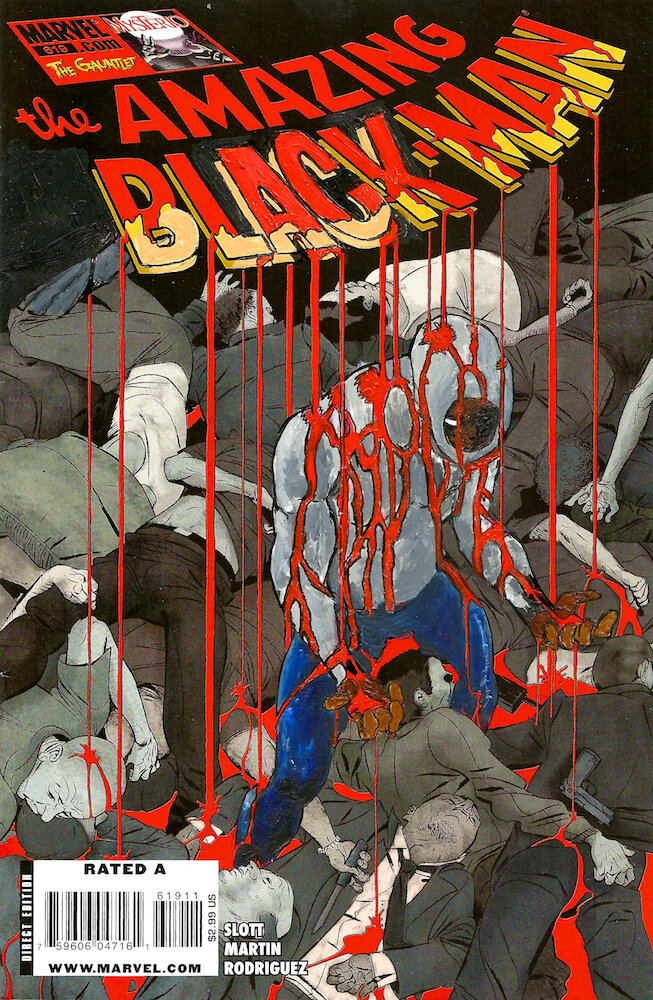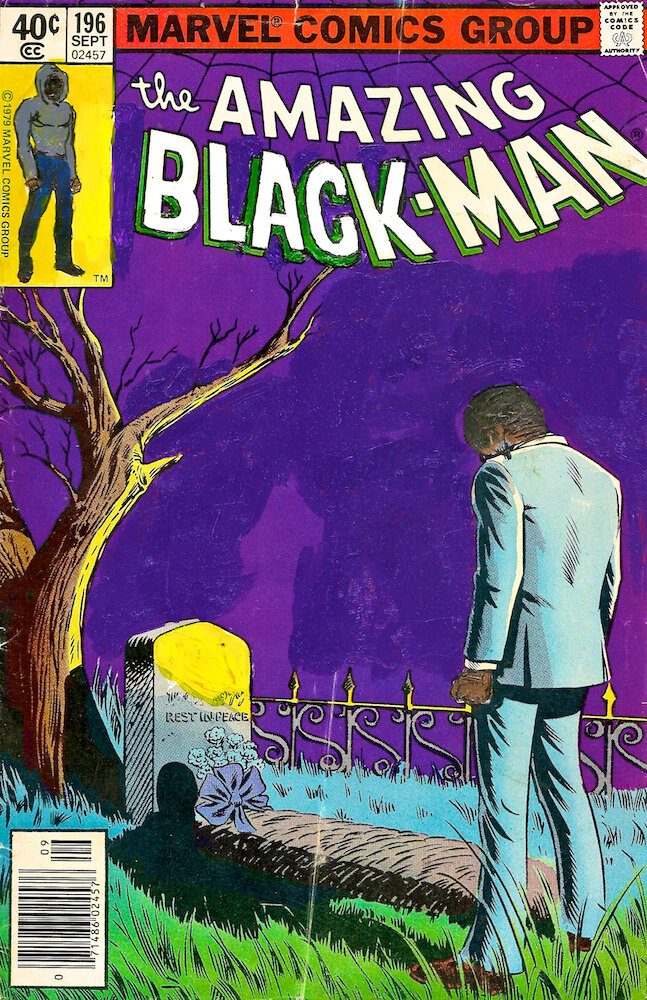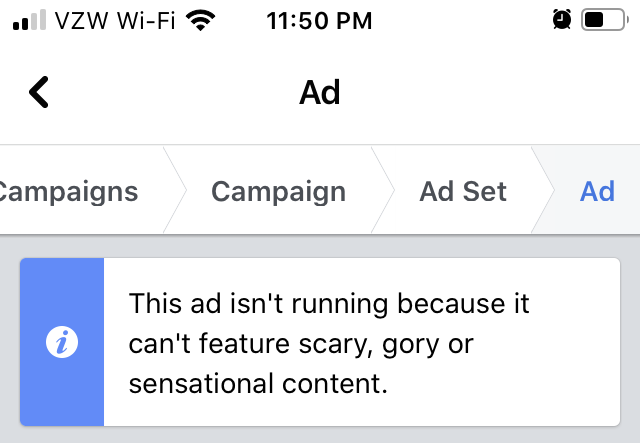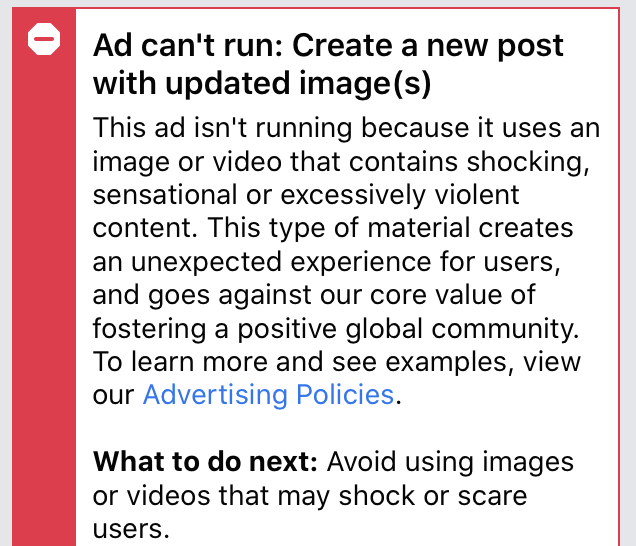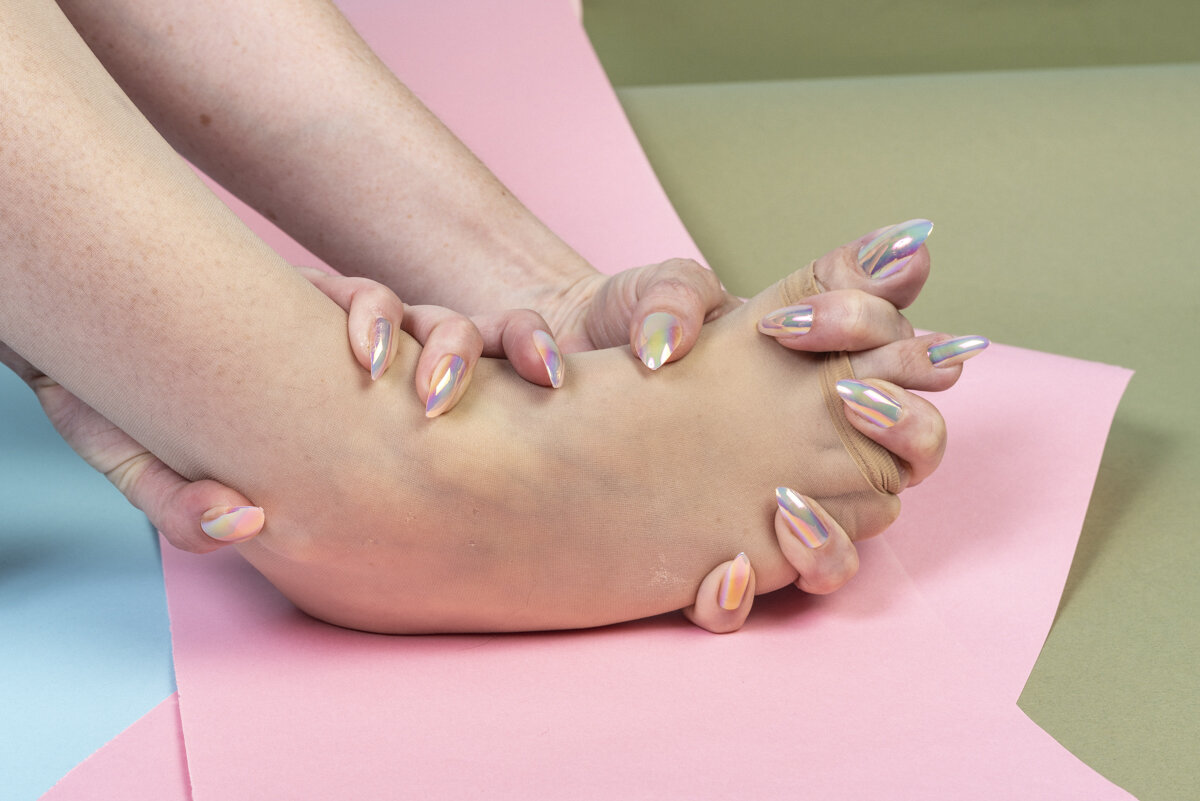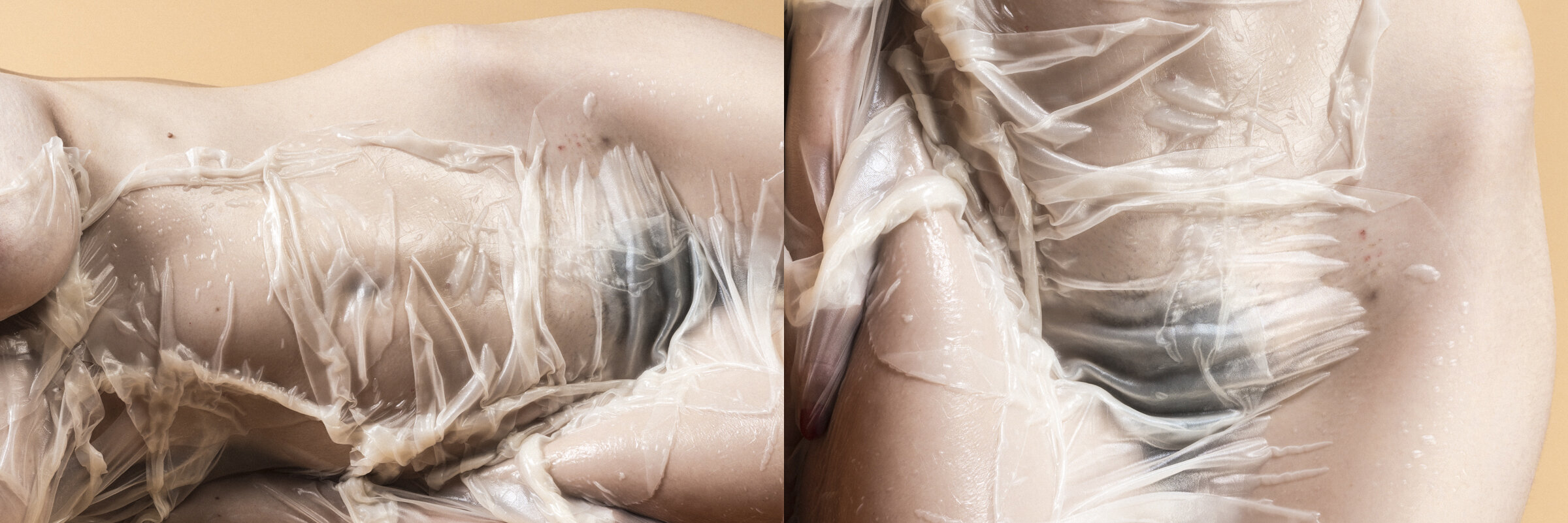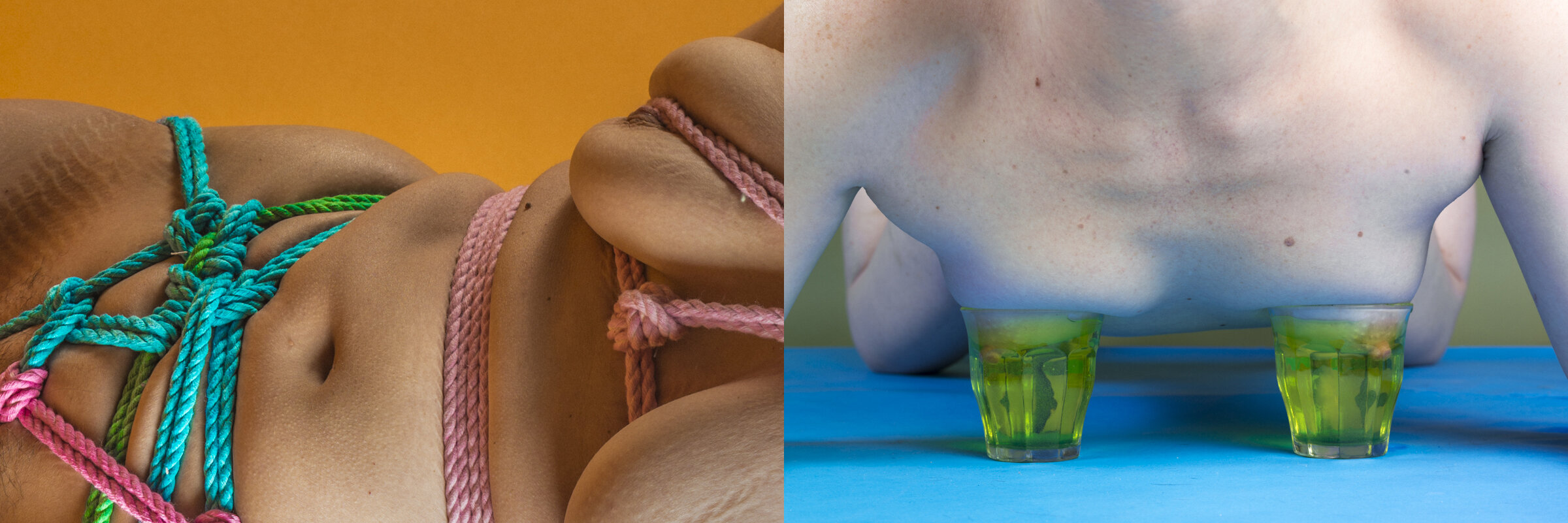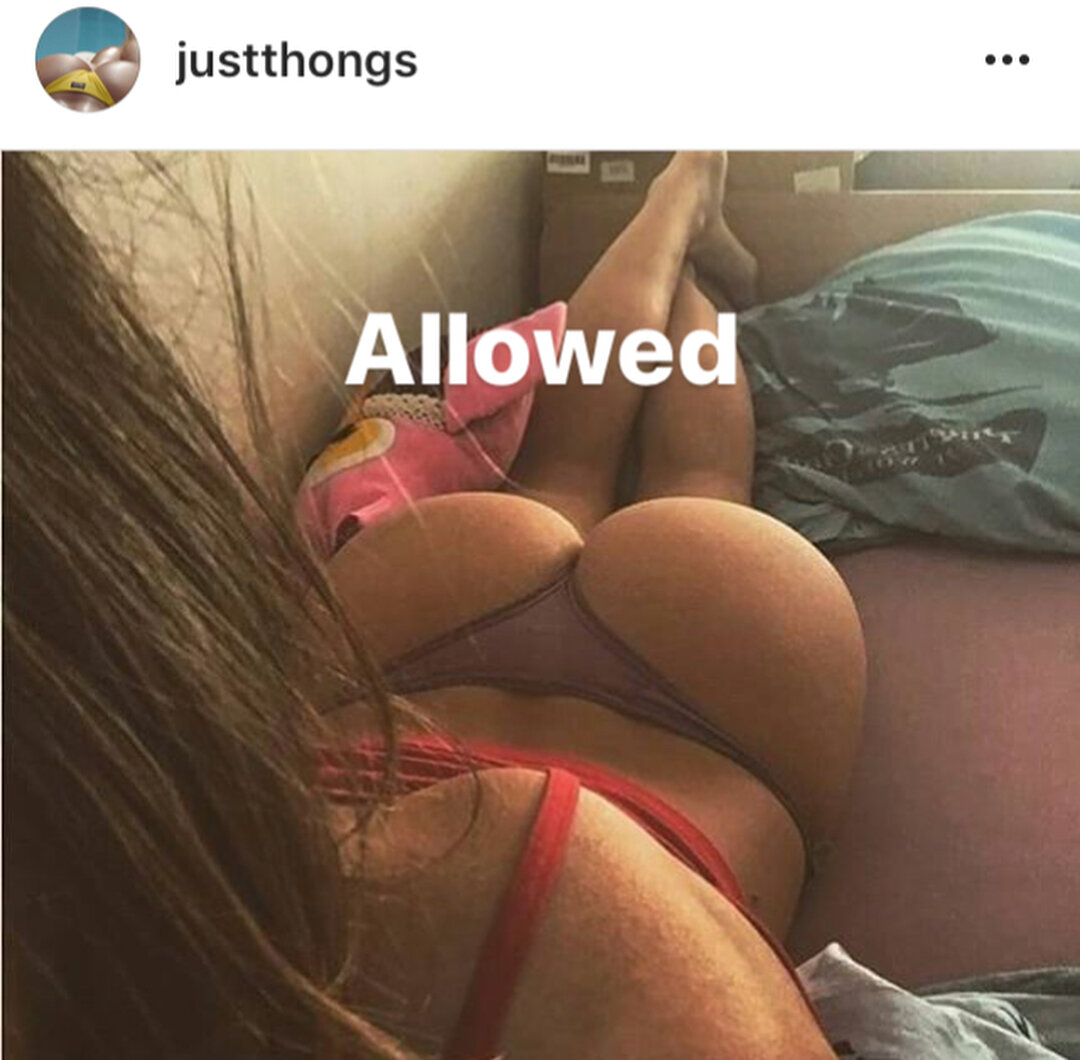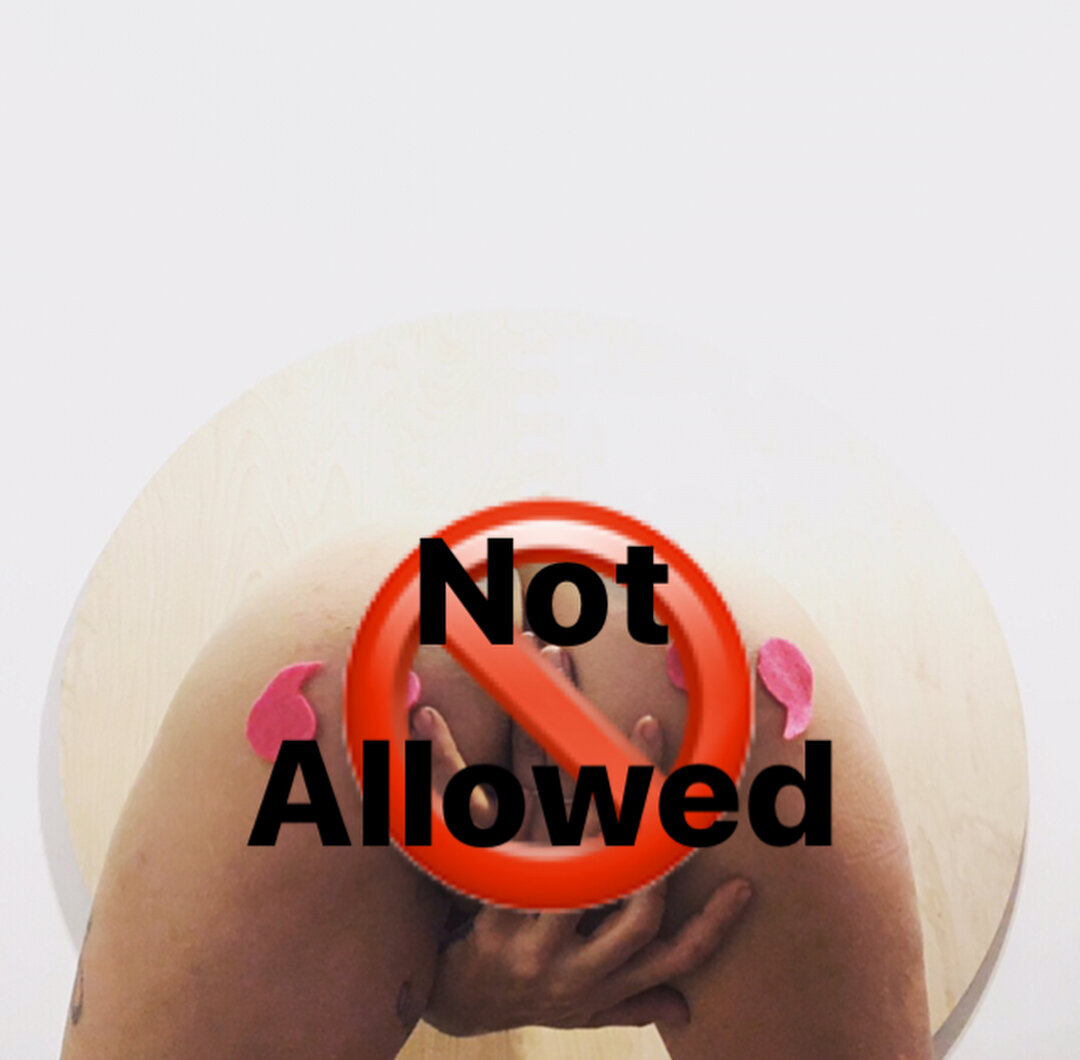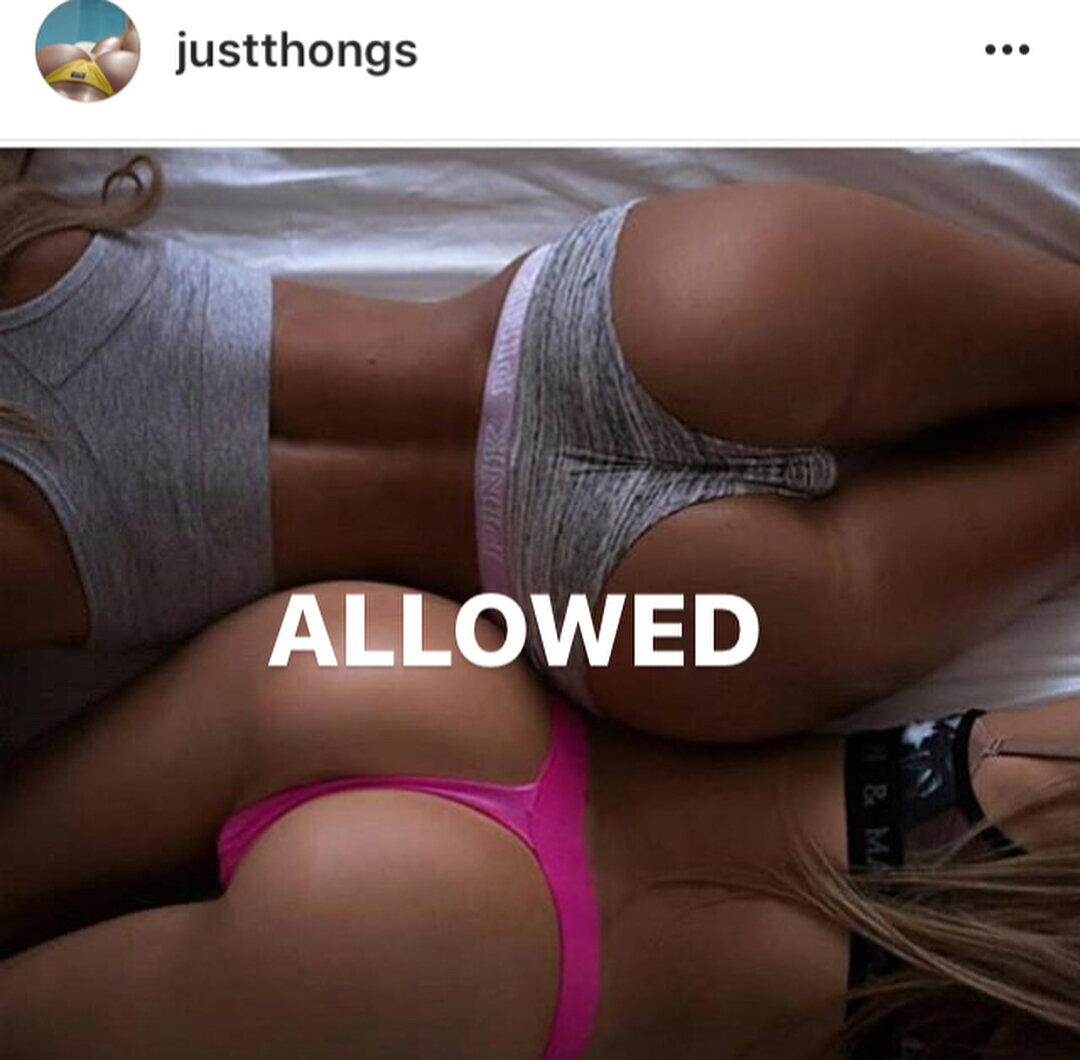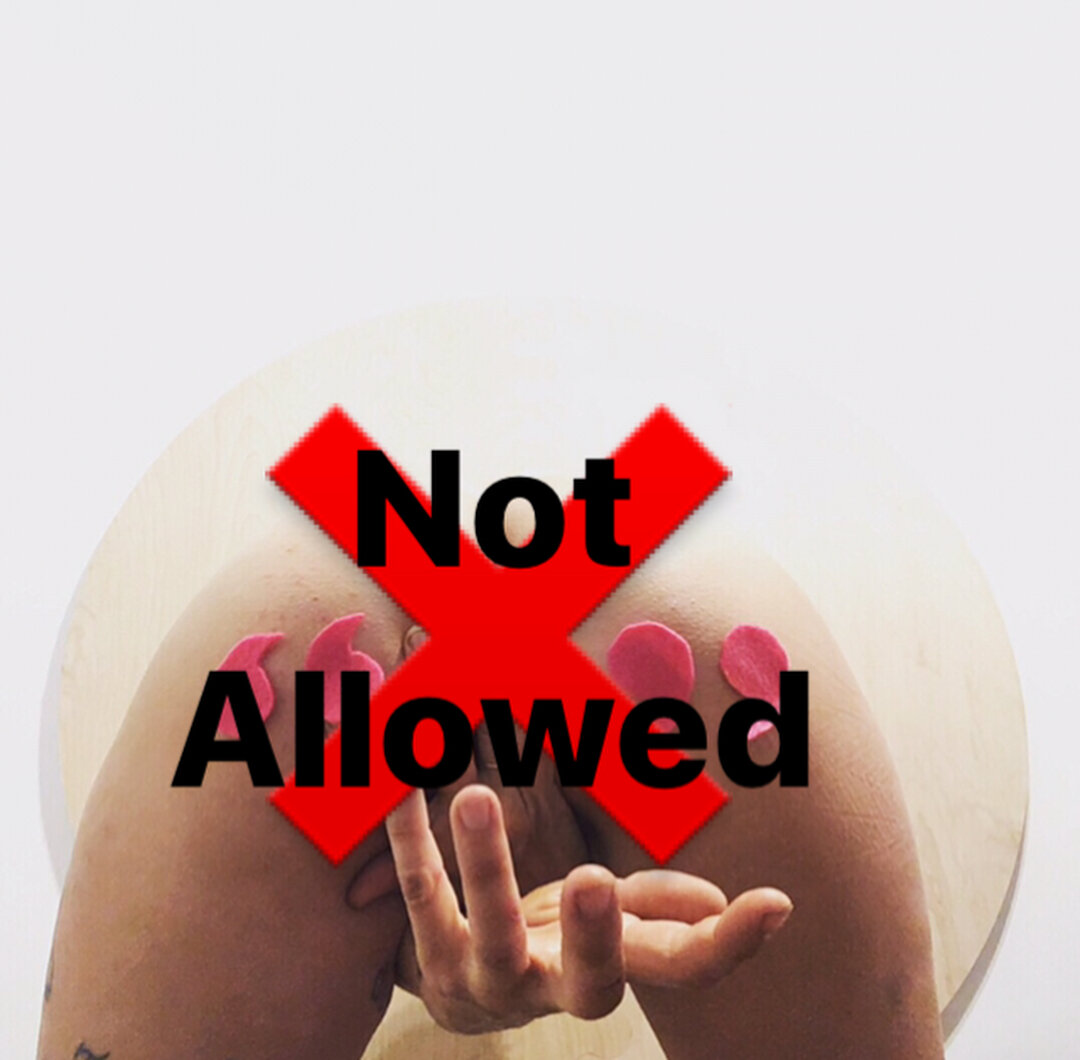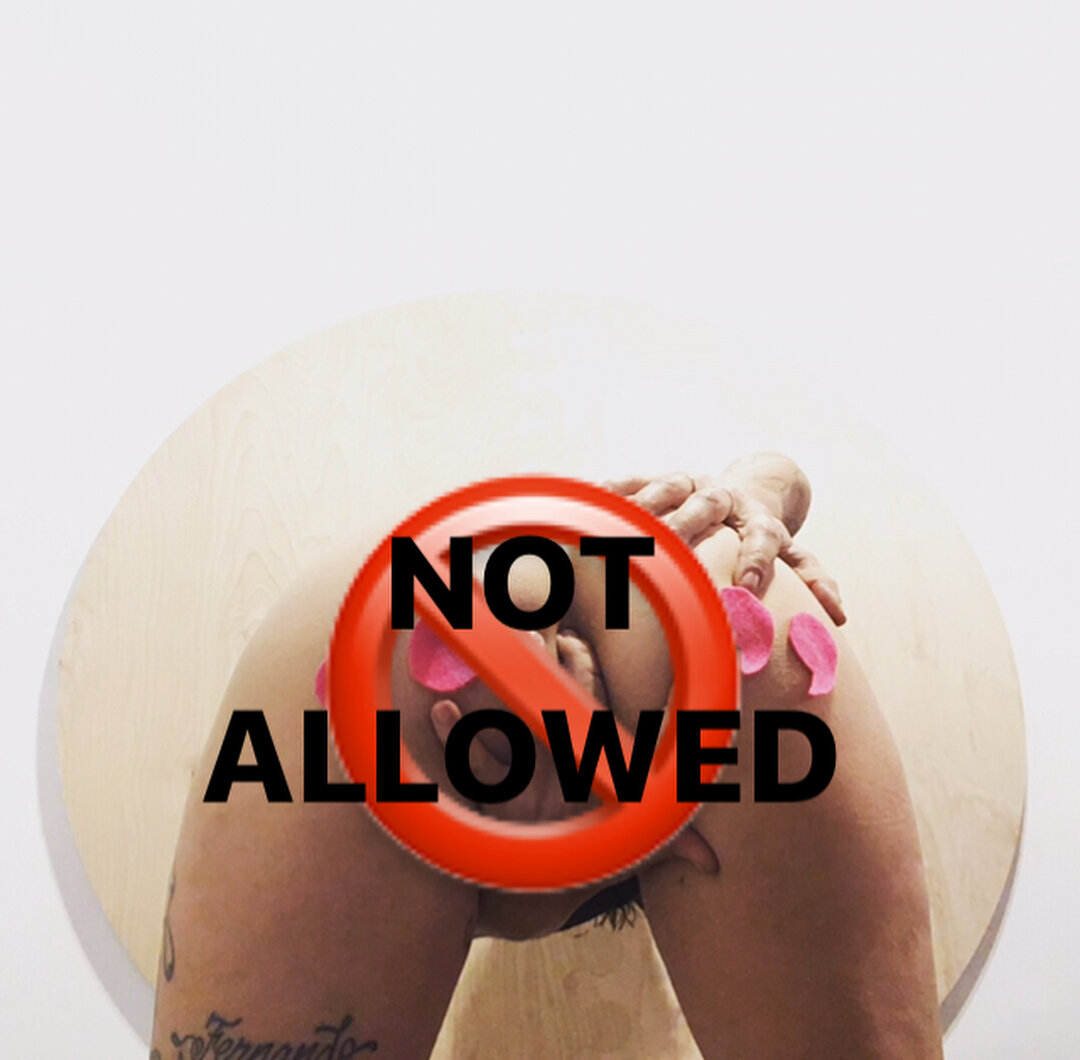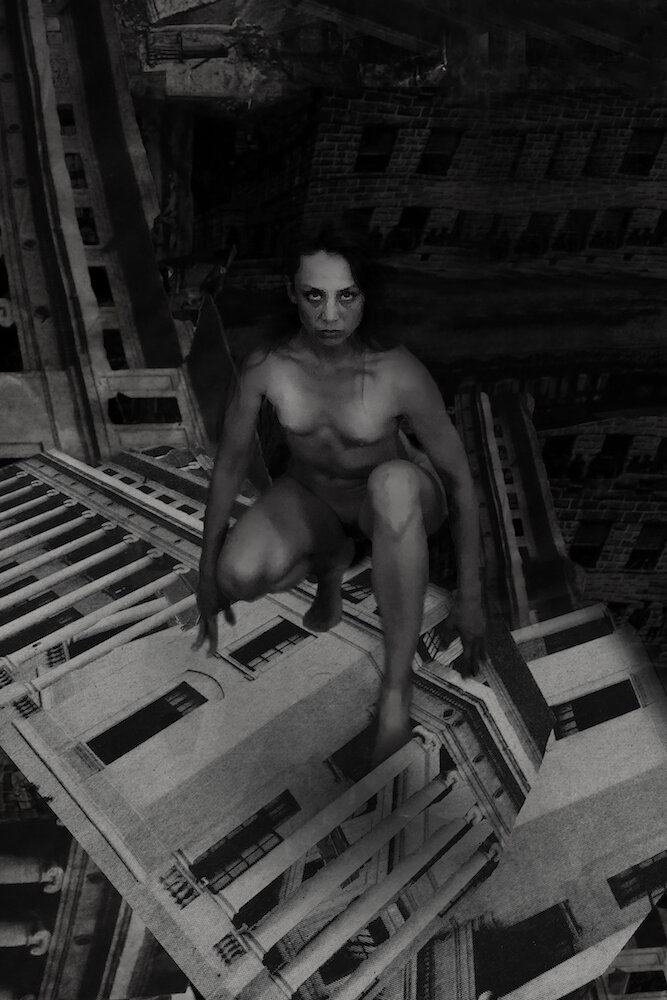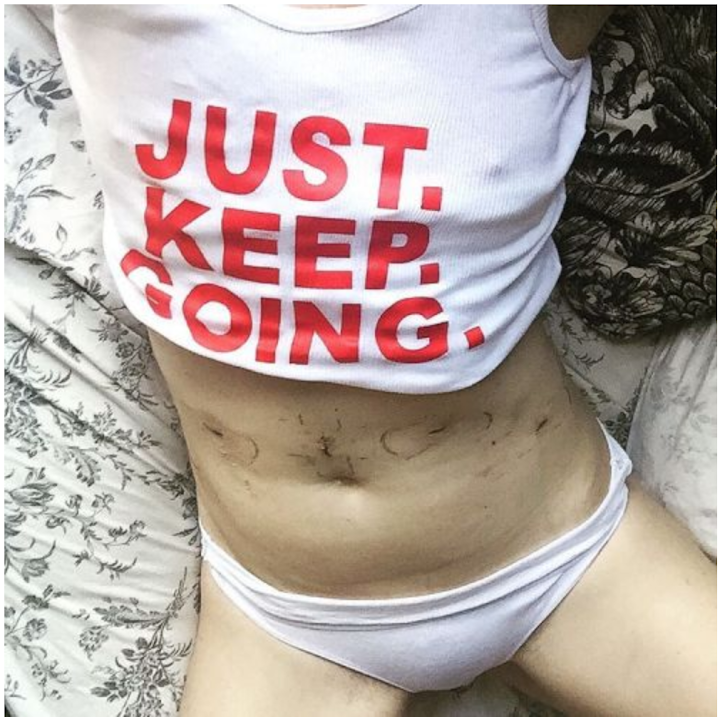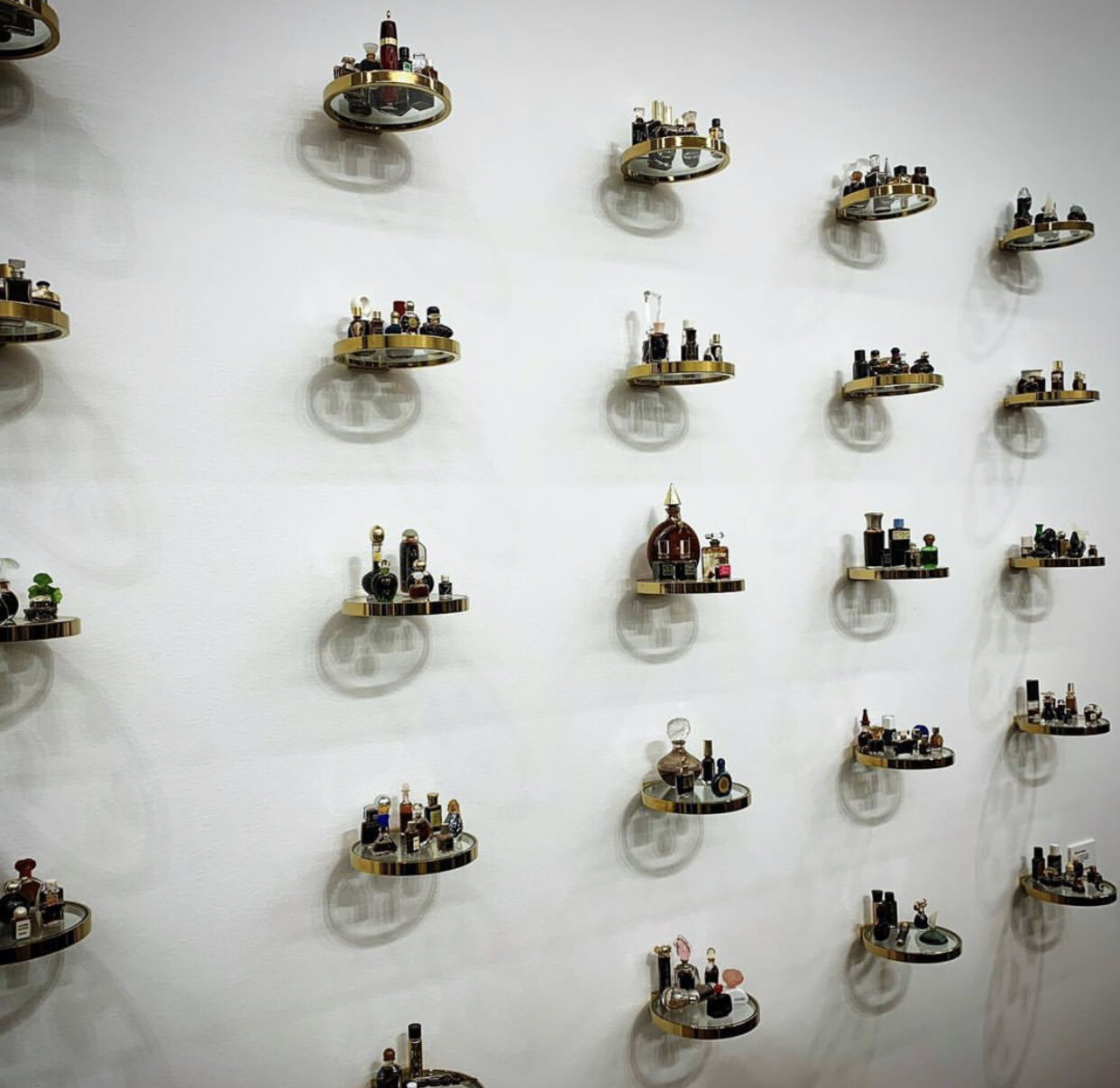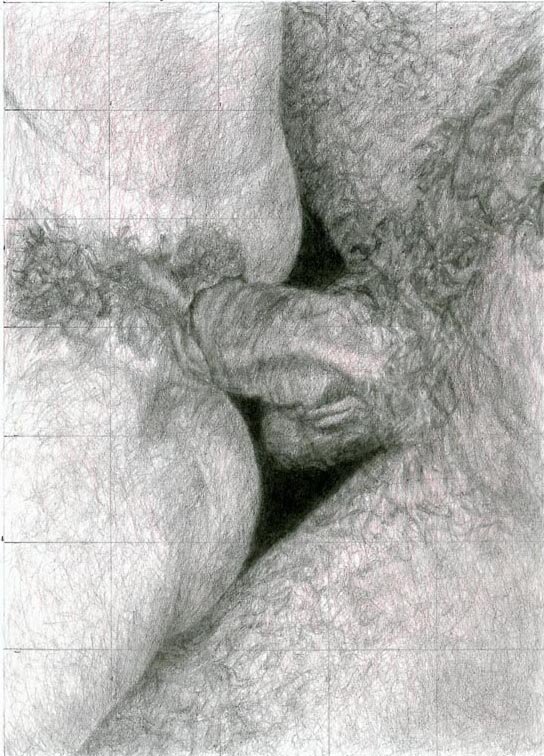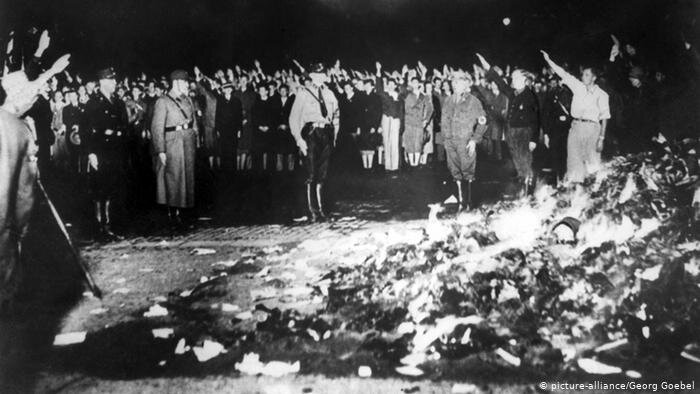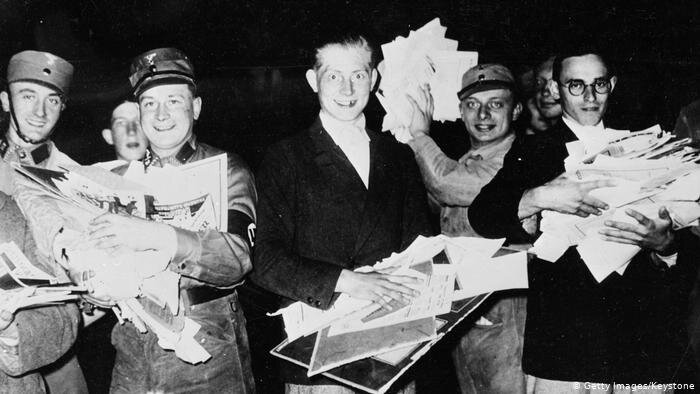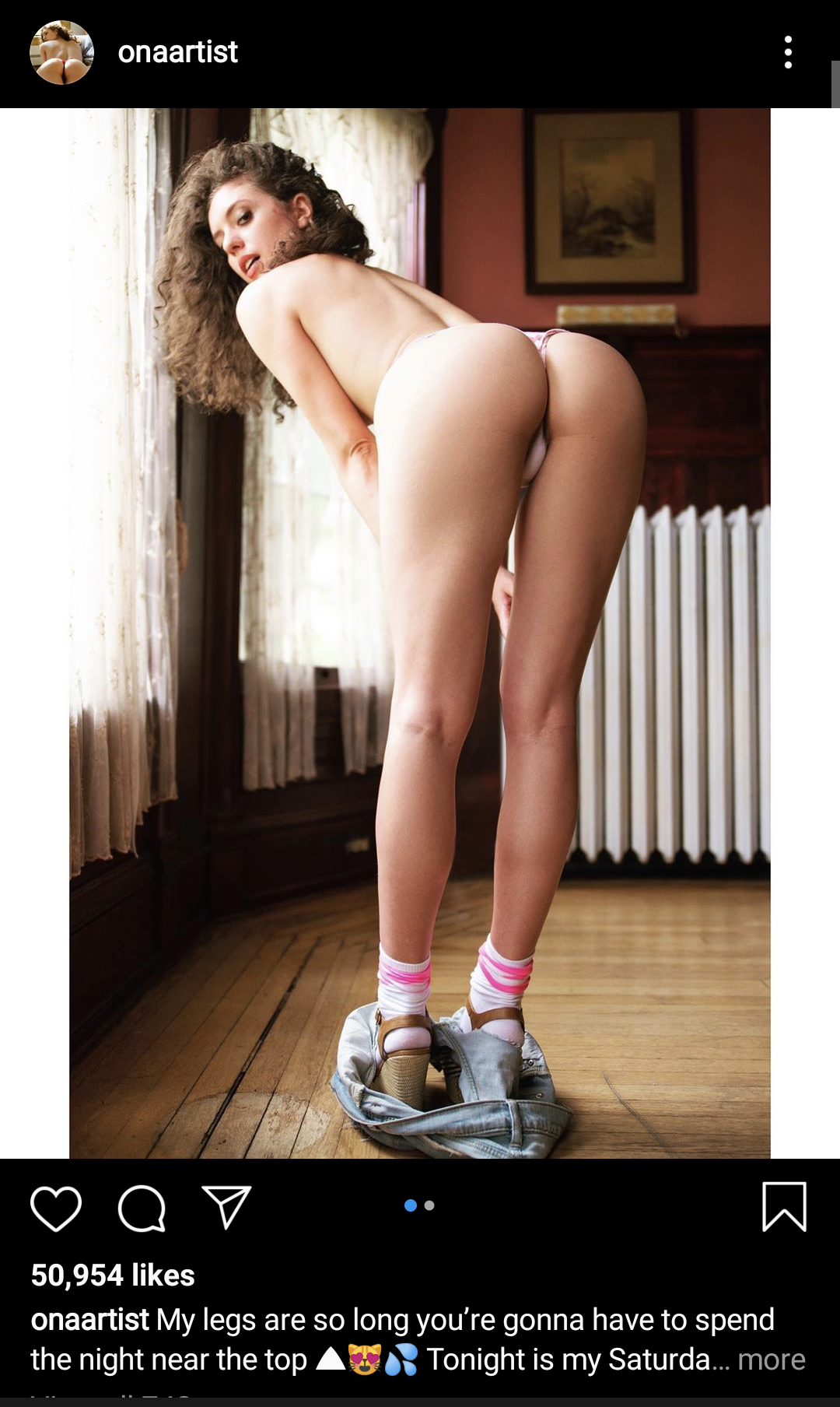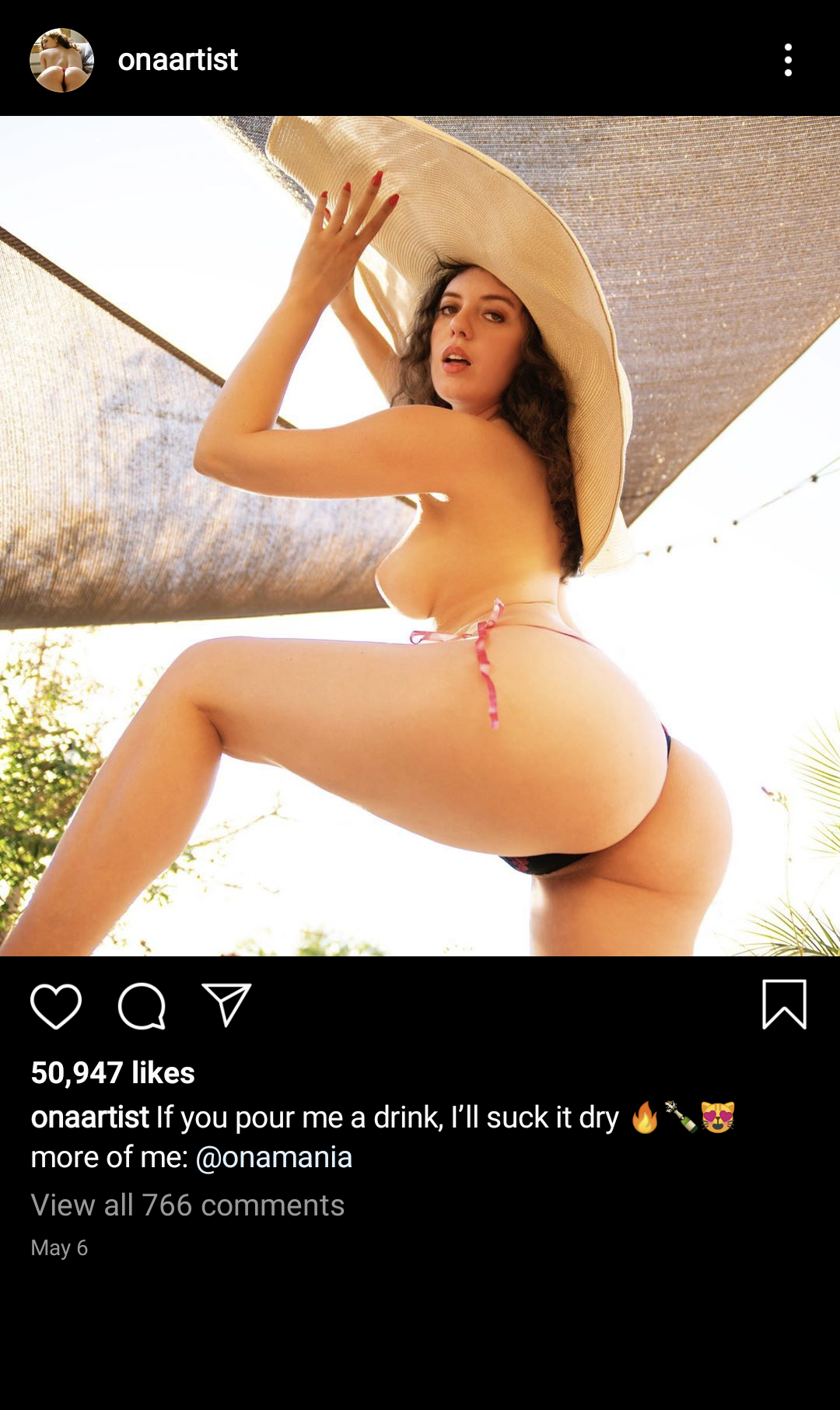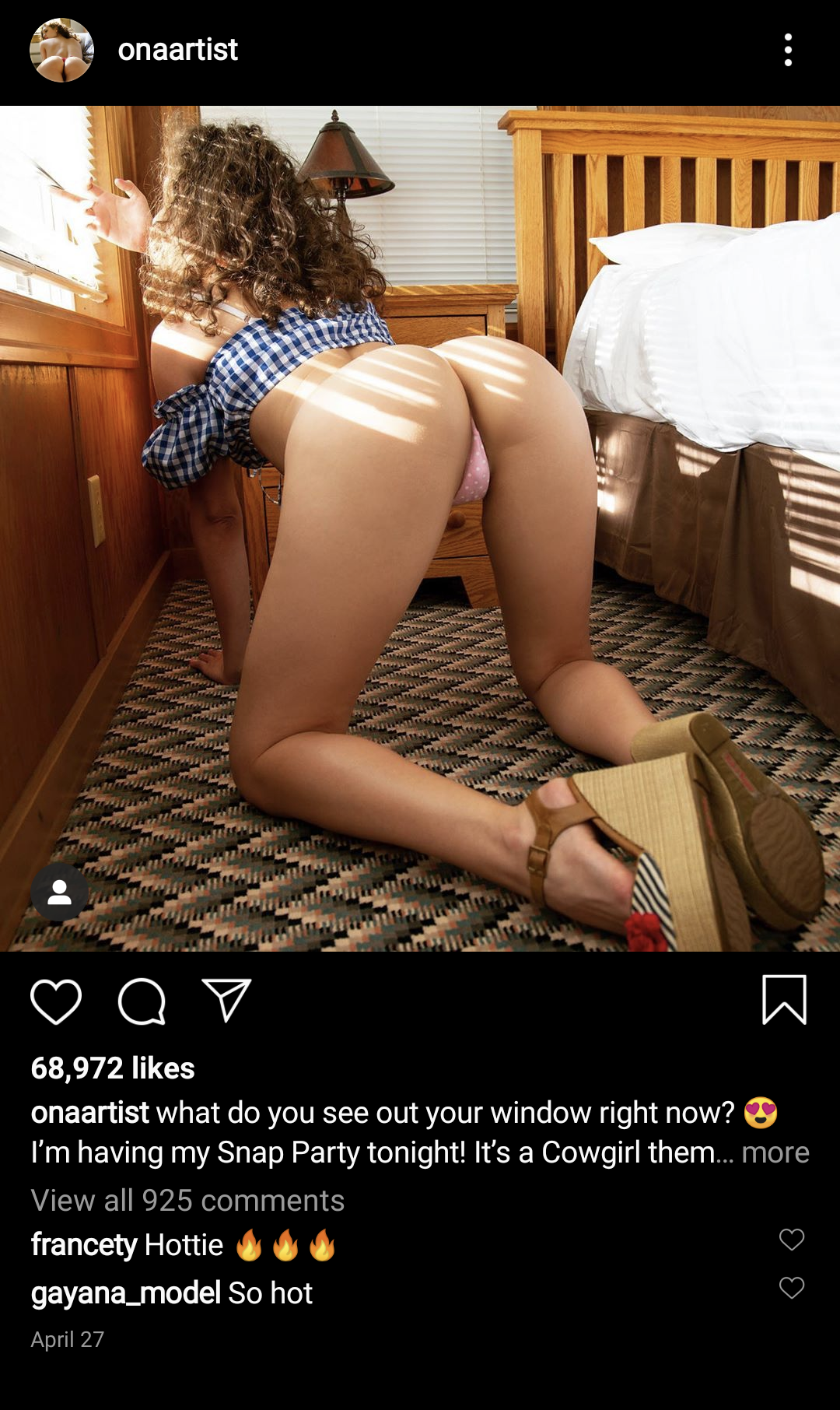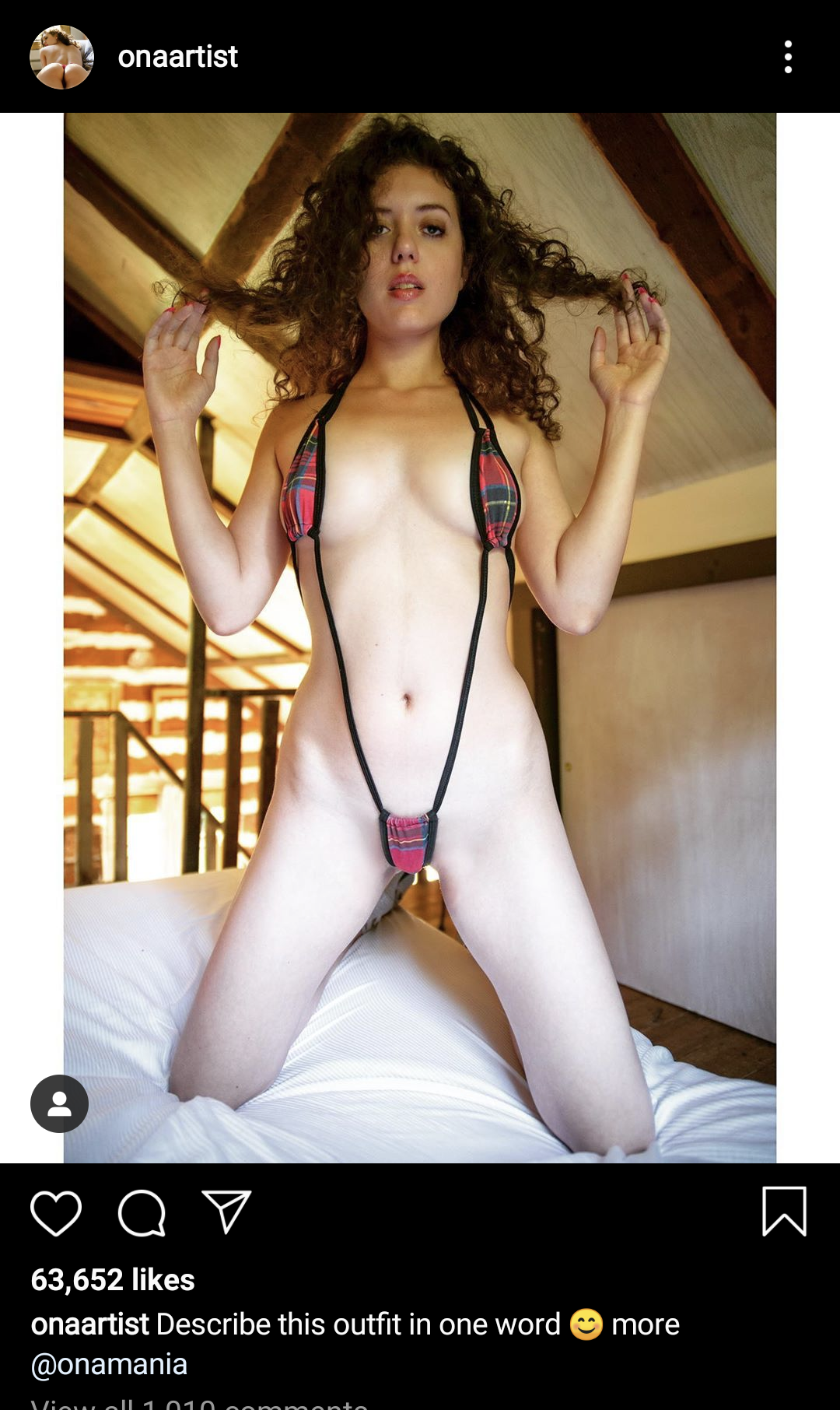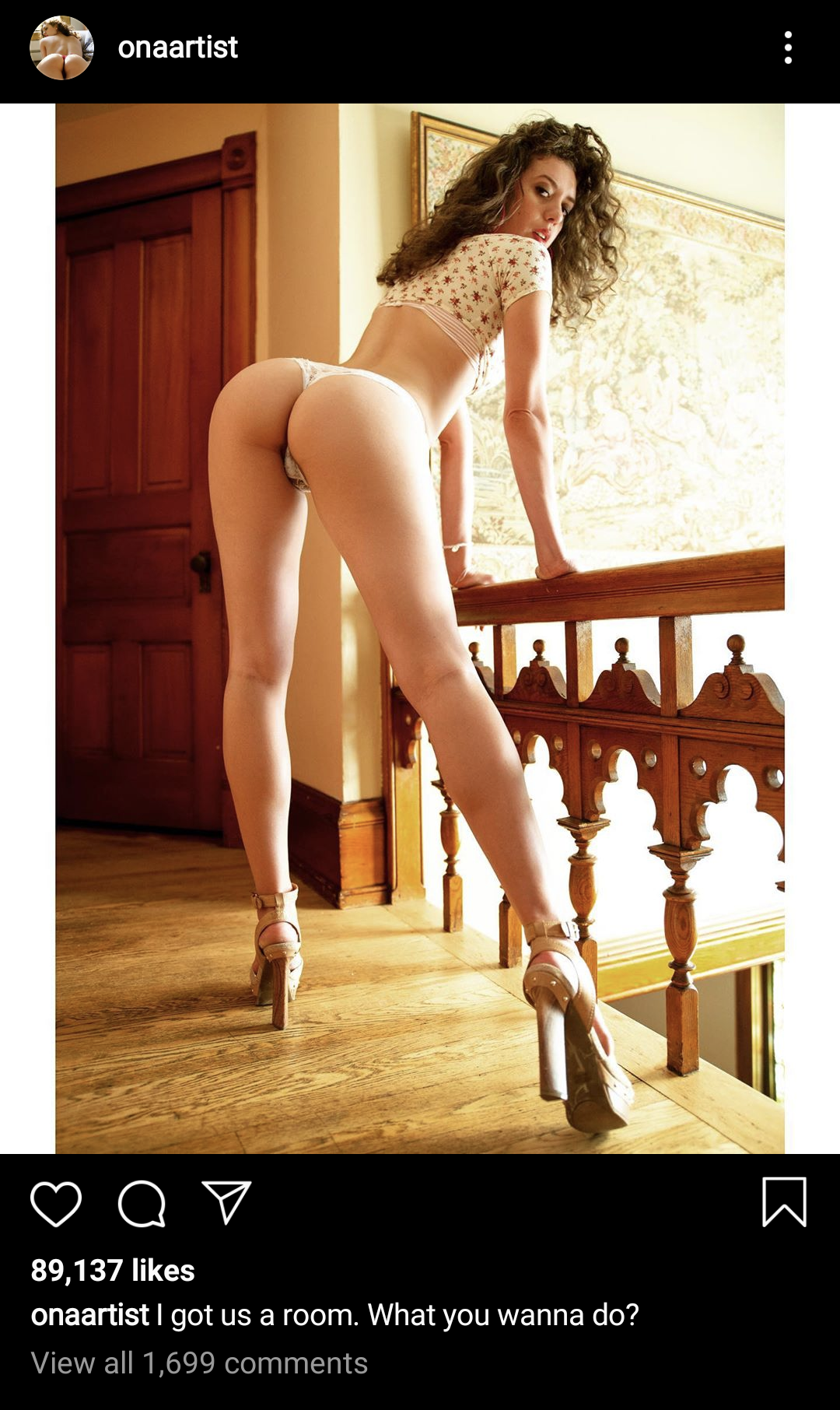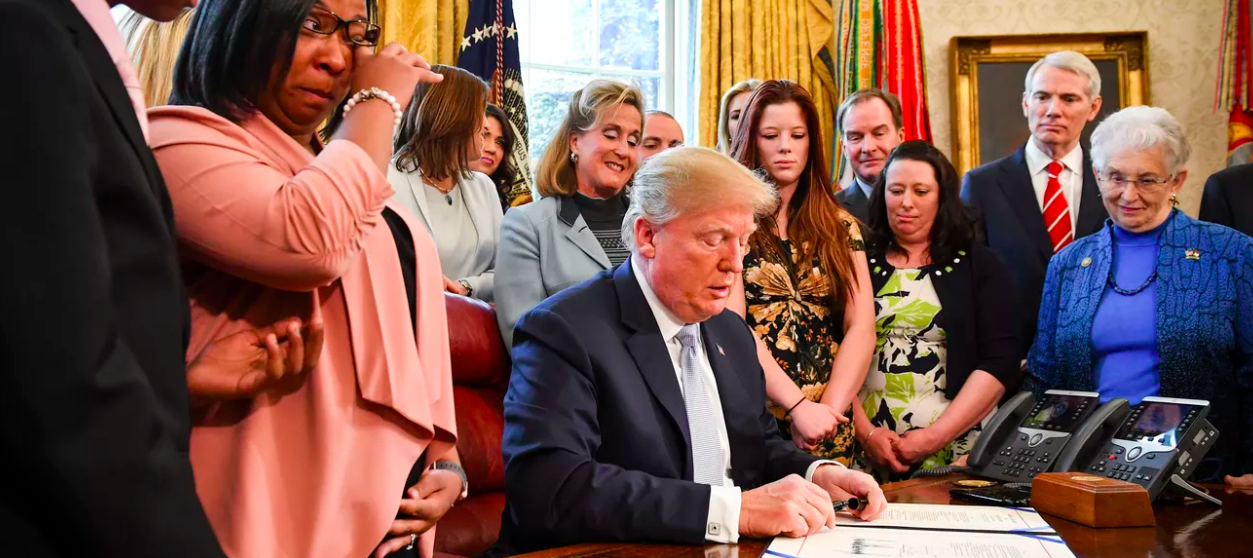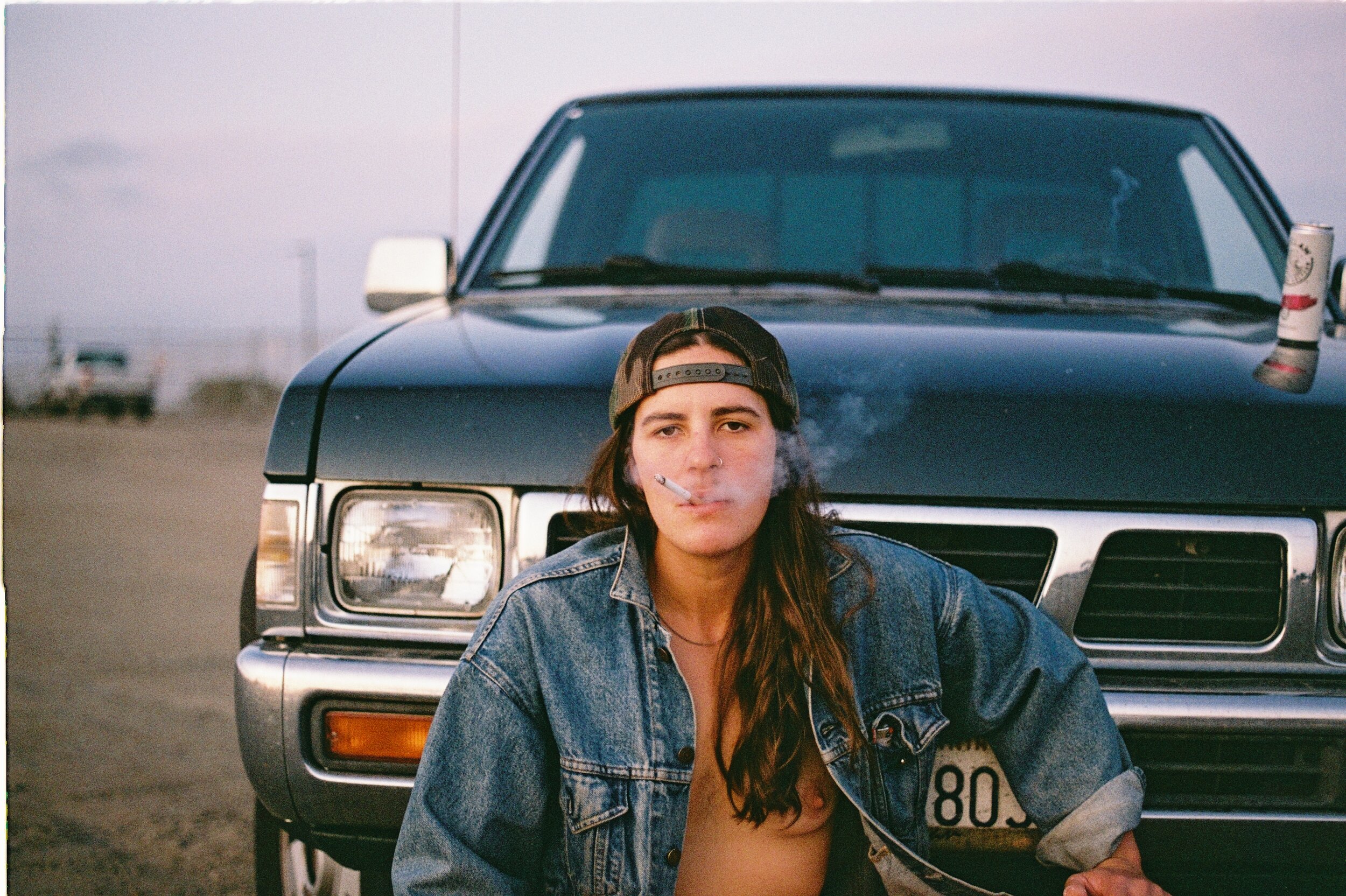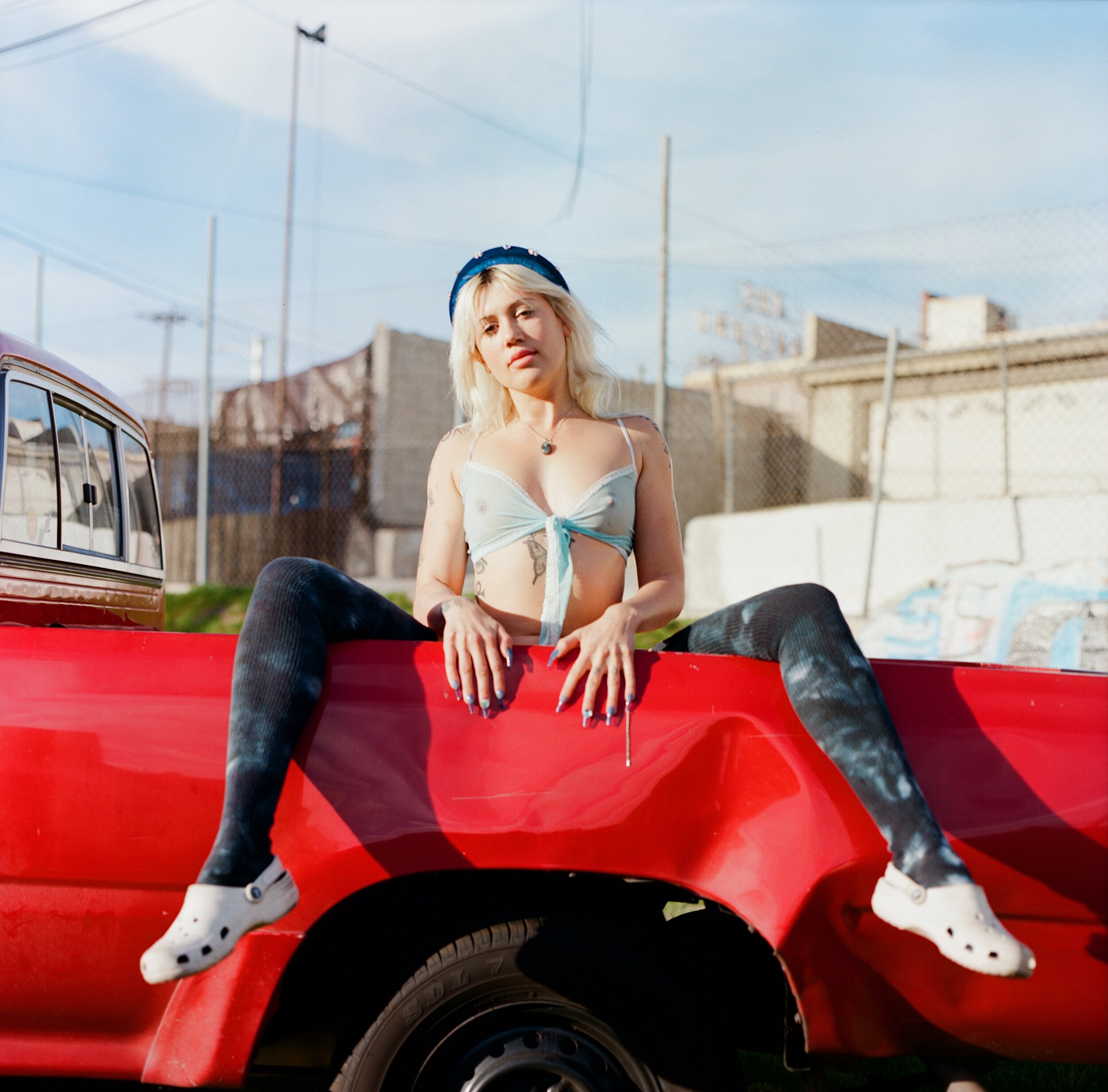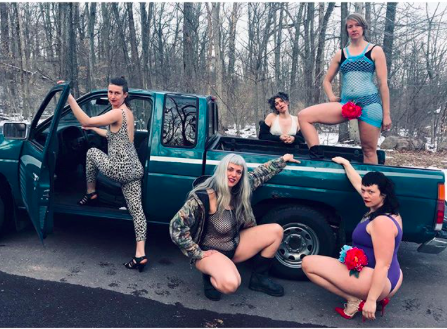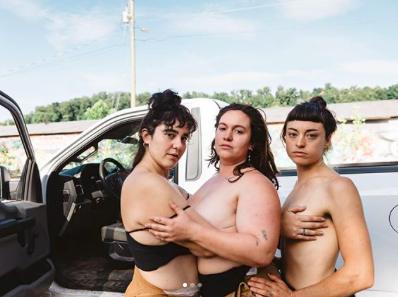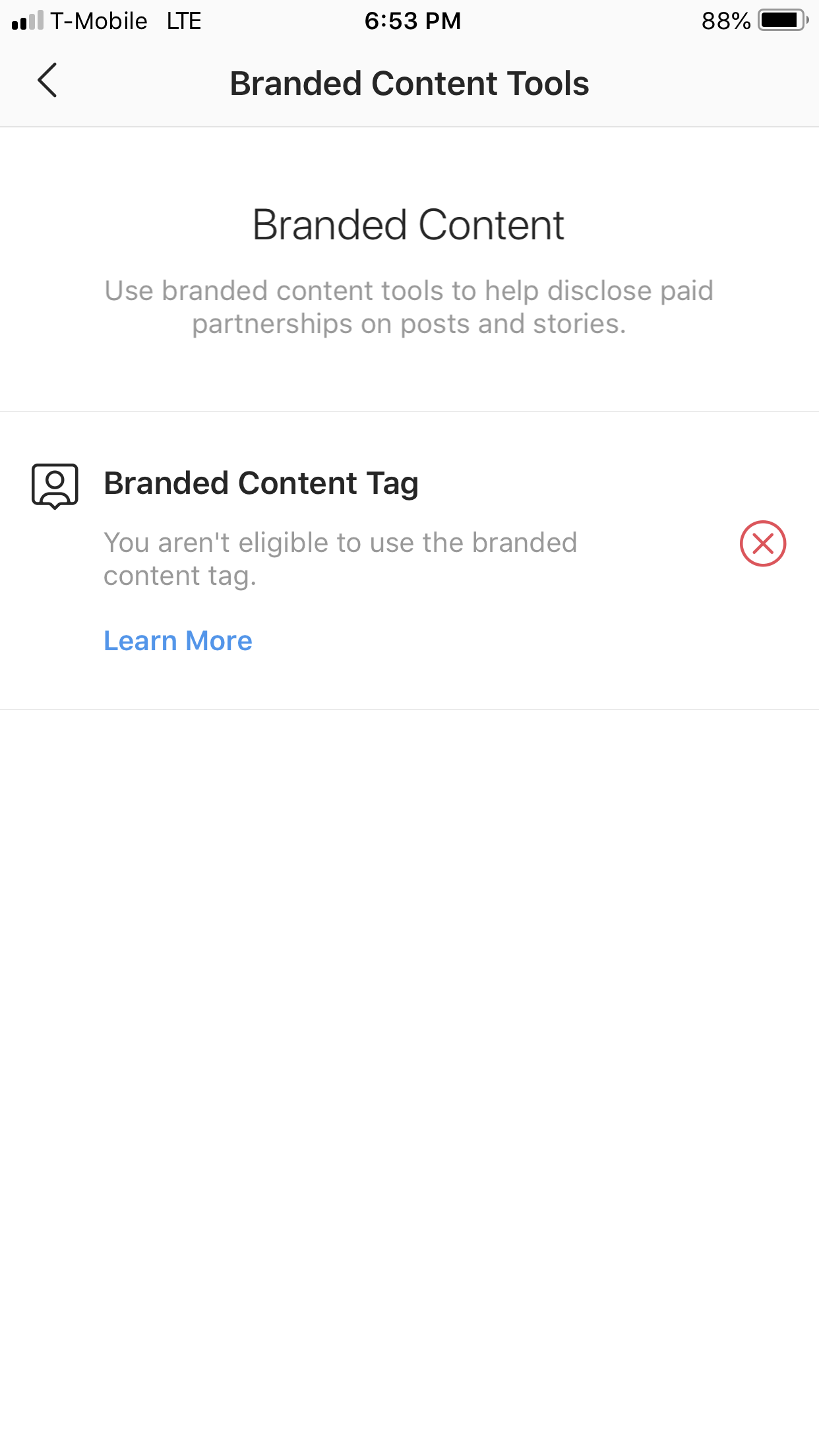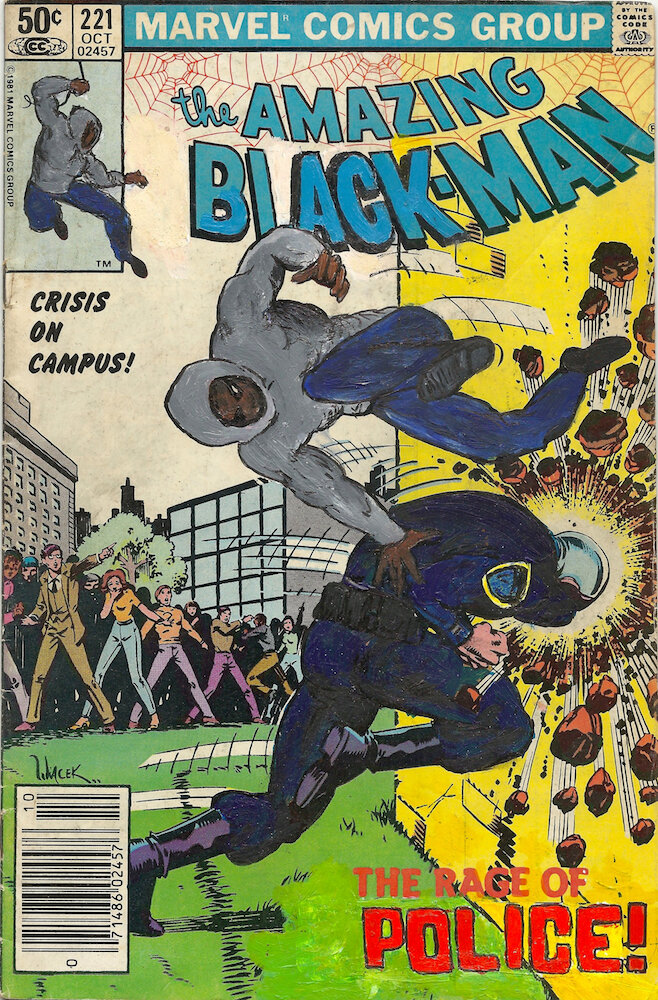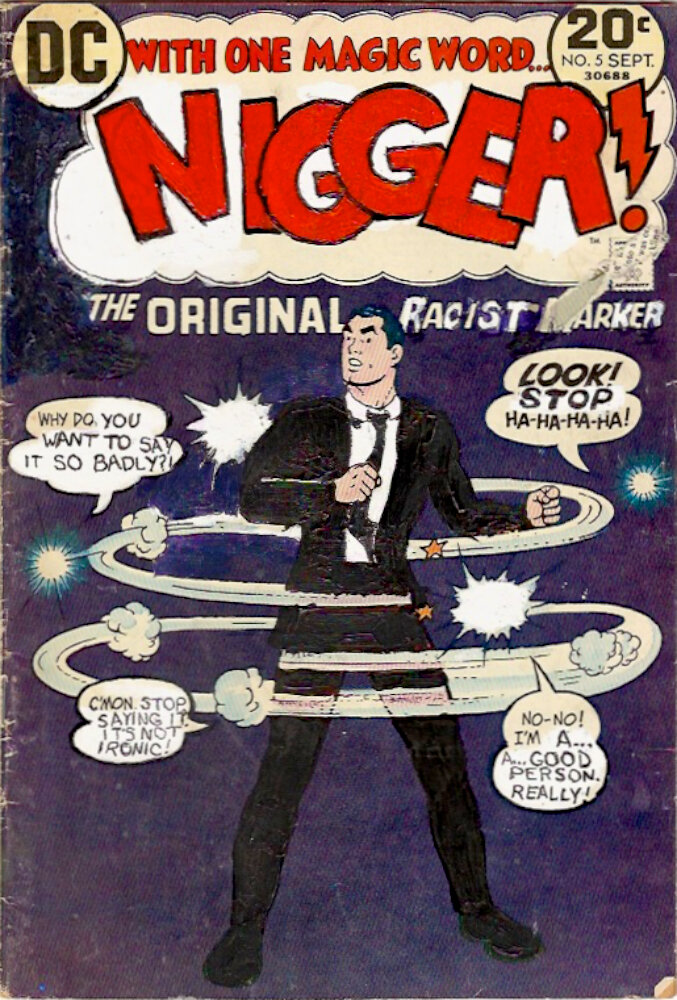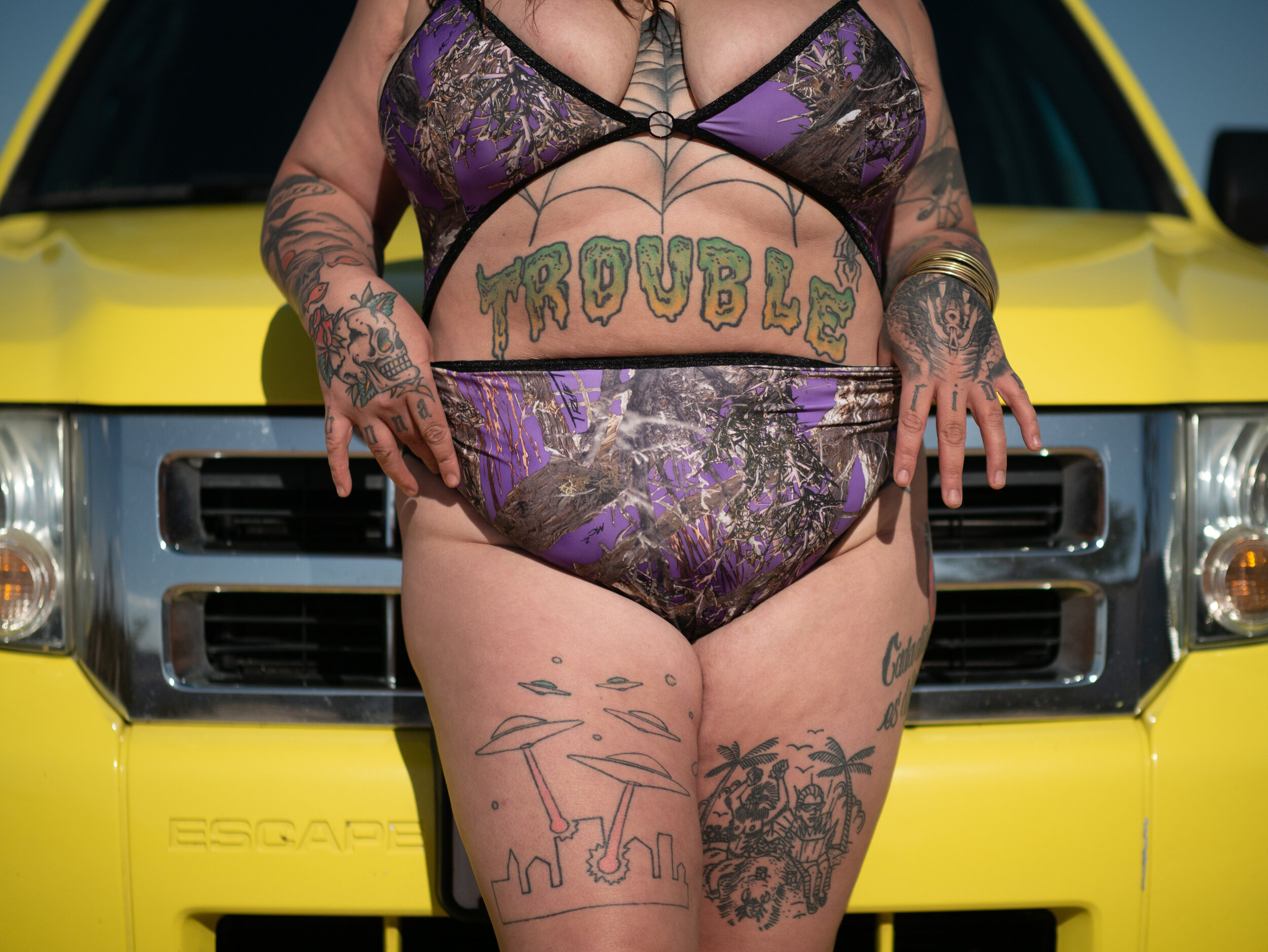INSTAGRAMMED AND CANCELLED
Essay by Bill Arning
I have a backyard with a pool. That is possible in my life because I left NYC in 2000. Now three months into quarantine I am very happy for that choice. I fill my bird feeder in the morning, visit artists studios around the world via FaceTime, FaceBook Messenger and What’s App and I write essays that perhaps art-curious readers might have more time to read during lockdown.
I was born and raised in New York City, the city that has been the center of the art world for the last eleven decades. The possibility that downtown Manhattan might lose its preeminence as the trading/exhibition center still seems impossible but since Paris lost its primacy over a century ago we know it’s inevitable that this center too shall pass.
Whether that means a new art capitol or a reimagined period without clear centers is unknown. Such systemic epochal shifts causally follow technological advances. And how forces beyond art, aesthetics, and philosophy will negatively impact much needed improvements and how our collective best intentions wave little to do with how this happens.
We might heartily believe a decentralized art world Would make for better arts production, more grounded and involved artists, being based in locations that feed their creative agency best. New possibilities for makers produced by technology advances will only take hold if artists are convinced that using them will make for better art making lives.
Even as Brooklyn took on a greater prominence as an art manufacture location its stature was always in relation to its easy proximity to the location of the prime art trading locus that Manhattan continues to be. In 2000 I moved to Cambridge MA and in 2009 to Houston TX.
While I have lovingly explored other art scenes throughout my career - both domestically and internationally—I had never before been so deeply involved with artists for whom living in New York was not the goal. I always assumed everyone given a choice would pick the hustle of trying to “make it in NYC”. And learning other life choices were possible shattered my sense of New Yorker exceptionalism.
Still Boston artists were very aware of the proximity to New York and its gallery possibilities and most stayed for the life style choice of Boston-area steady teaching jobs. Any younger artist with ambition was monthly on the bizarrely cheap “Chinatown bus” that drove from Boston to New York’s Chinatown at breakneck speed. Older artists joined me in the Amtrak “quiet car” more expensive but a blissful four hours of quality reading time with Long Island sound views. There was a community that noticed when artists ambitions started failing them and they chose quiet time weekends at home over connecting with New York, the first sign that the studio would soon be abandoned and teaching would become their ONLY creative outlet.
“Life style” was not the reason as Boston is nearly as expensive as New York and few had the huge studios and low cost of living that I soon learned made the rest of America appear on the mental horizon as possible future location locations. Artists, who had suffered the indignities of two money jobs and three roommates to get to NYC for their careers and to spend their youthful energy at noise concerts, sex parties and dance performances were suddenly “city shopping.”
City Shopping was endemic as artists near my age were watching their studio rents triple in a few years and realized that even if they sold everything they made they would still be losing money and be supporting their studio practice with graphic design or erotic massage. My studio conversations started with, “could I be based in Detroit? Or I heard San Antonio is cool, and that was always predicated on the ease of being in touch via the Internet.
I have a long history curatorially working with artists whose work is queer, political and highly sexually charged. AIDS defined my generation and making work that did not shrink form the joys of sex was politically required. Those types of artists exist everywhere and I immediately connected with that community in my new home of Houston, Texas.
The museum world exists in the perpetual cognitive dissonance of being “edgy” on command and within very proscribed limits – a contraction I had fully internalized as necessary. Having to build a room to keep sensitive viewers from seeing Marilyn Minter’s porn paintings seemed allowable. Attending a three-hour all-staff meeting debating whether an MPA photograph that included a painted female nipple needed to be hidden from donors seemed merely a funny soul-killing part of the game.
My first commercial foray under my own business name of Bill Arning Exhibitions was a huge sex, drugs and death shindig called No Trigger Warnings, at Houston’s storied Flatland Gallery. Fans of my curatorial practice all walked in and noted this was the type of show I clearly wanted the museum to do, but couldn’t.
I embraced my dinosaur status as a 59-year-old gay man who still believed the path to mental liberation was through desire and fueled by normal libidinal impulses. I knew that young people who should be celebrating their sexuality were instead self-policing for fear that their lusts would reveal them to be less “woke” than their friends. They would rather “cancel” a culture heroes life work than admit that the business of being a sexual human is messy and prone to multiple interpretations. This generational shift appears universal with only a few dissenting opinions representing more ribald future utopias.
No Trigger Warnings was intended as a statement against self –policing of all sorts. I was perpetually angry for my friends who teach would tell me about the climate of fear and censorship coming from supposed progressive thinkers. Mark Flood made a work for the show that was hung right as you entered that merely said in white on silver letters Fake Outrage.



